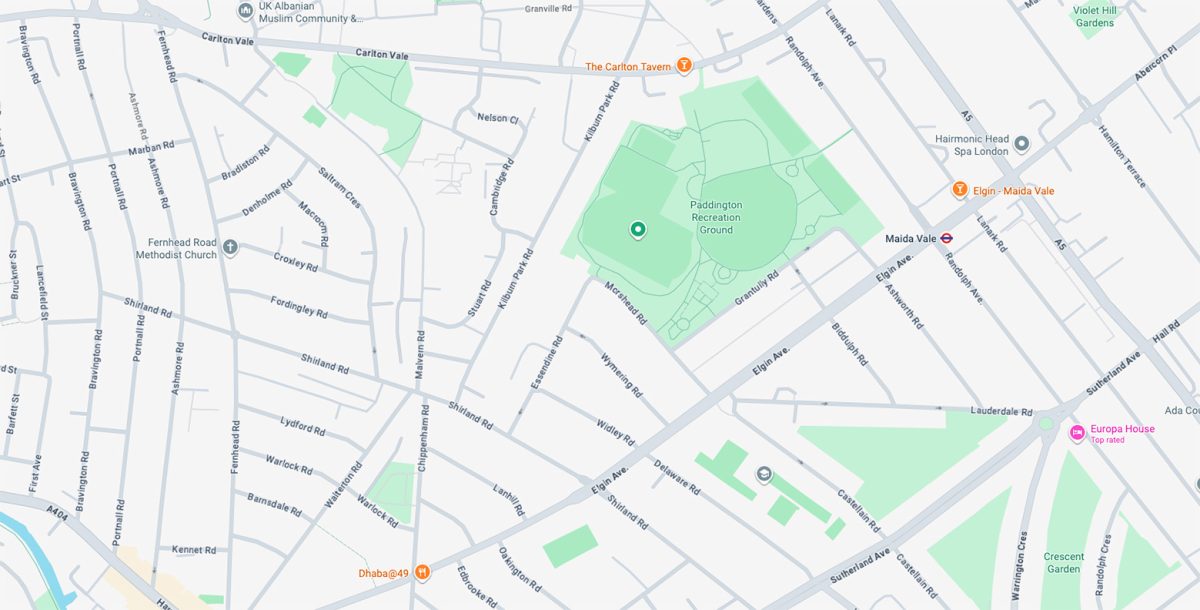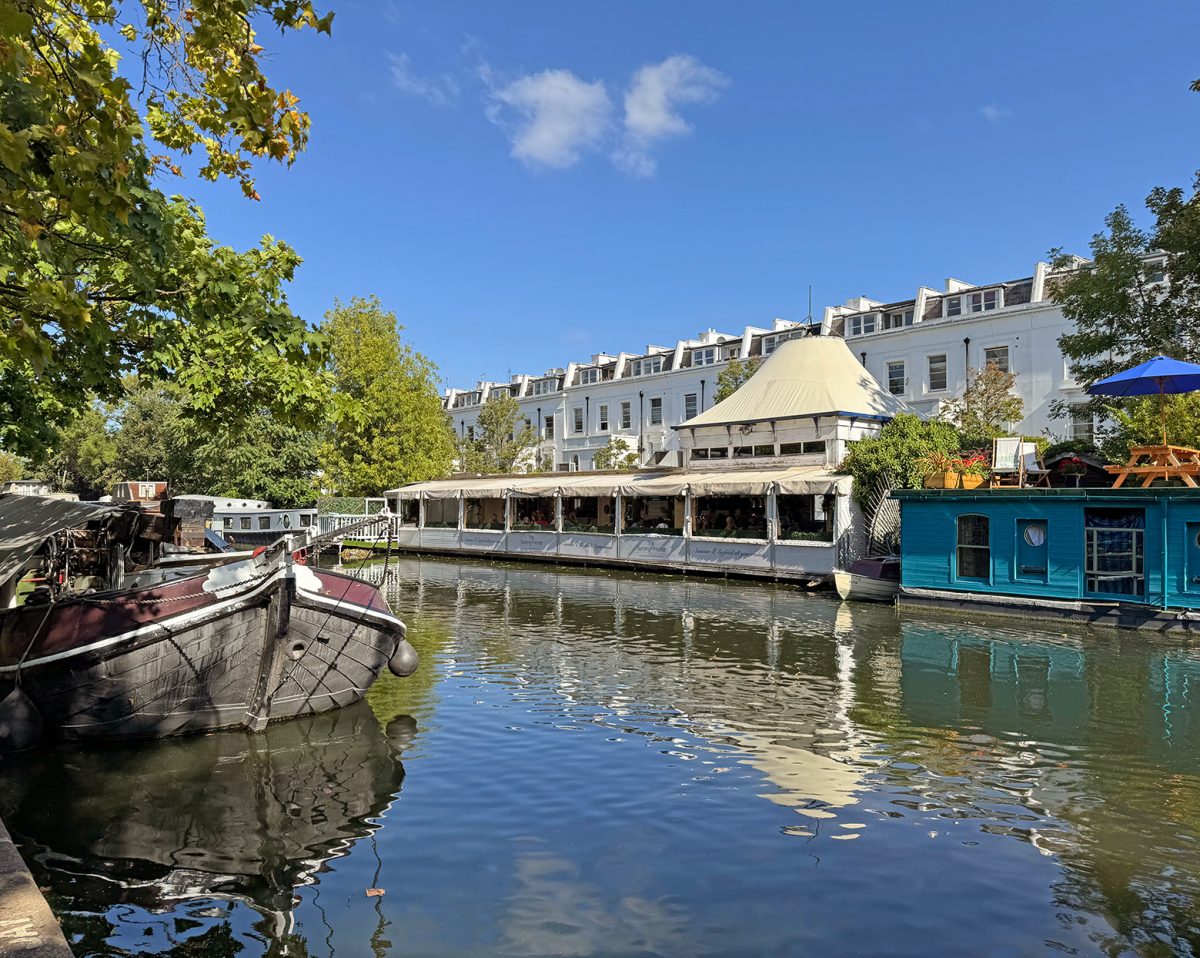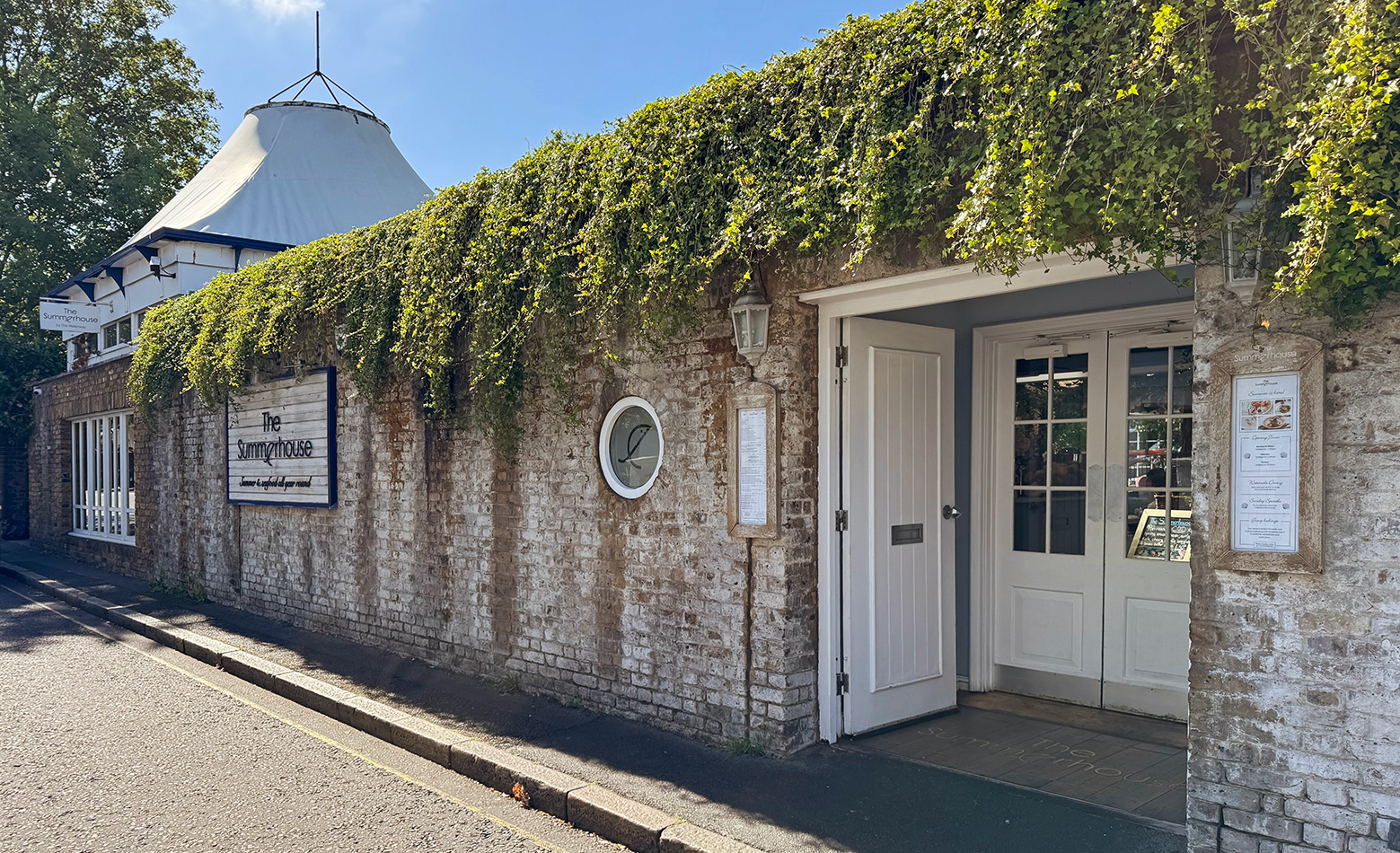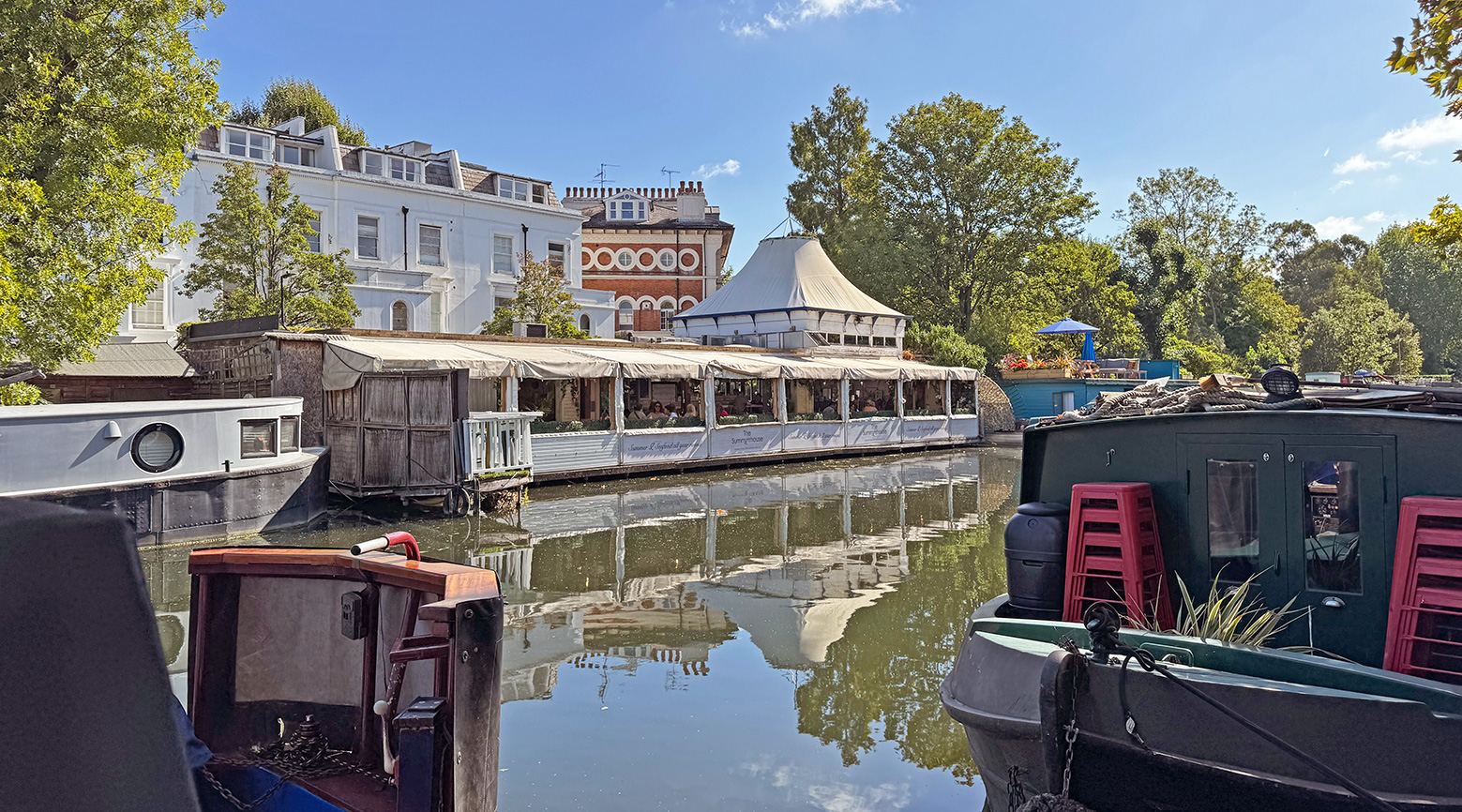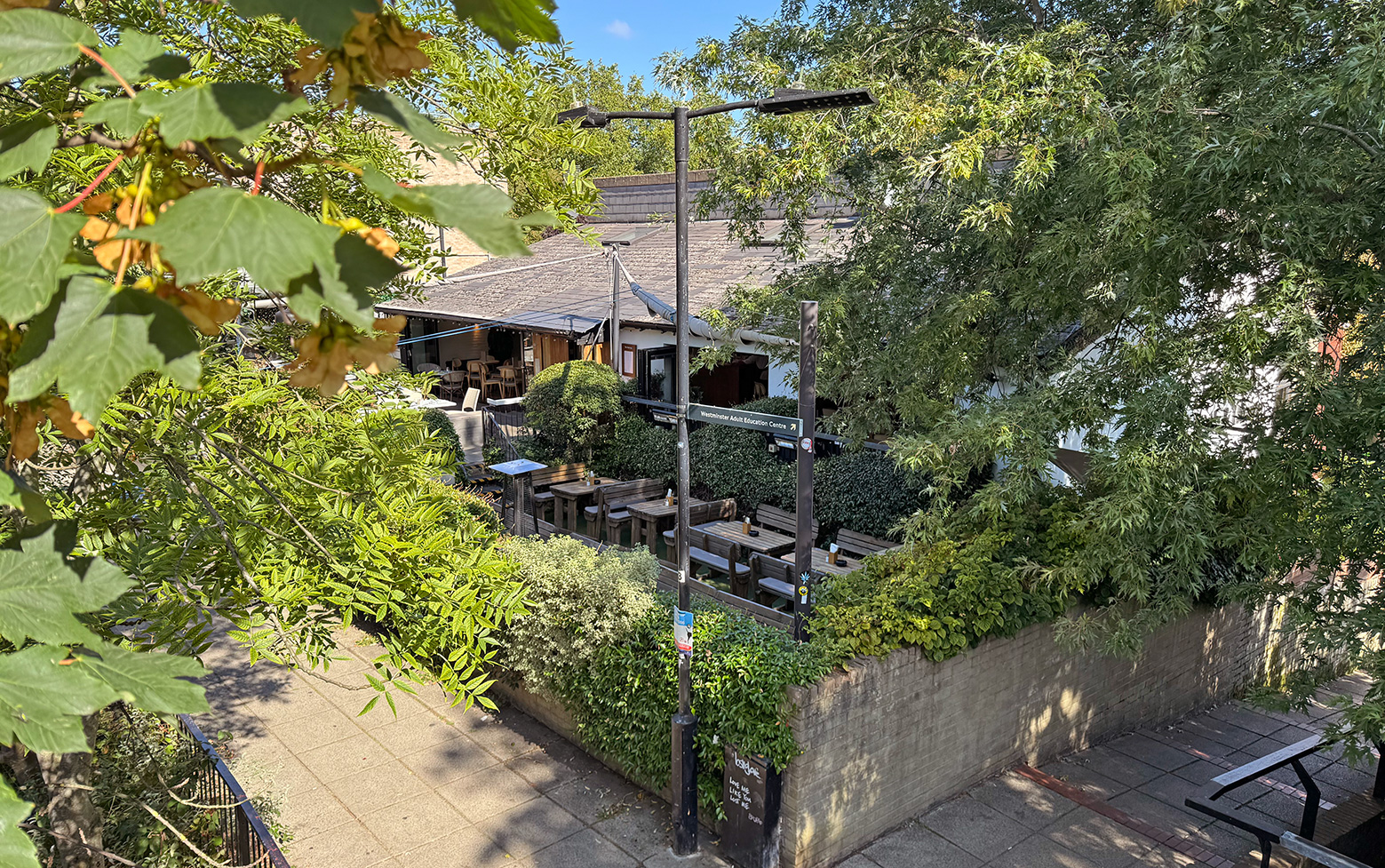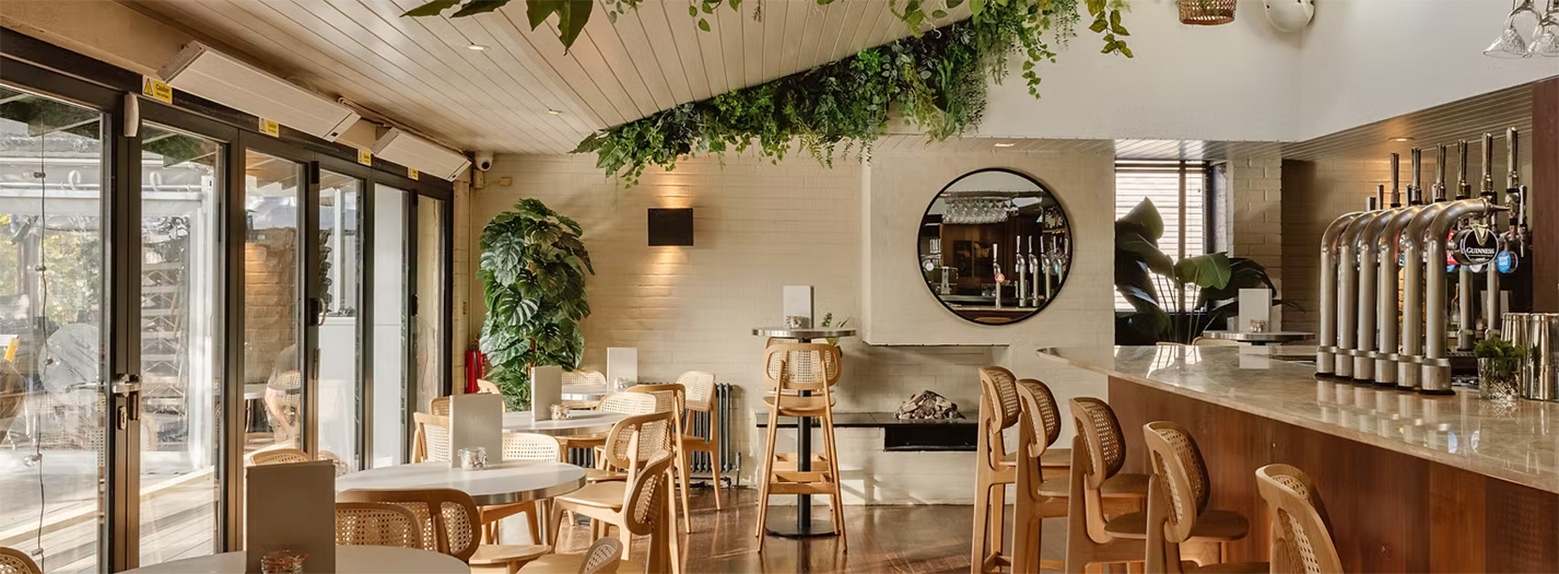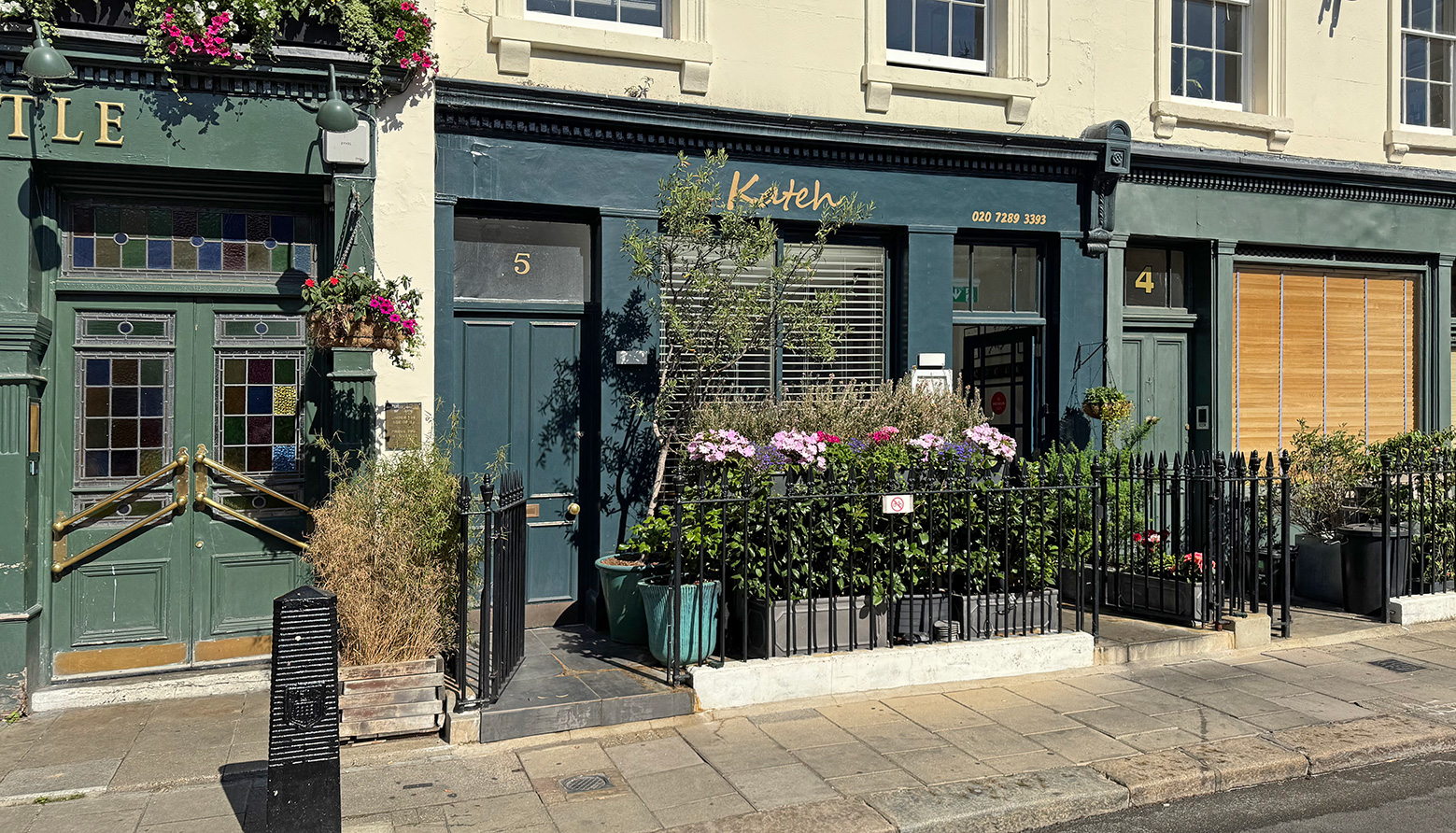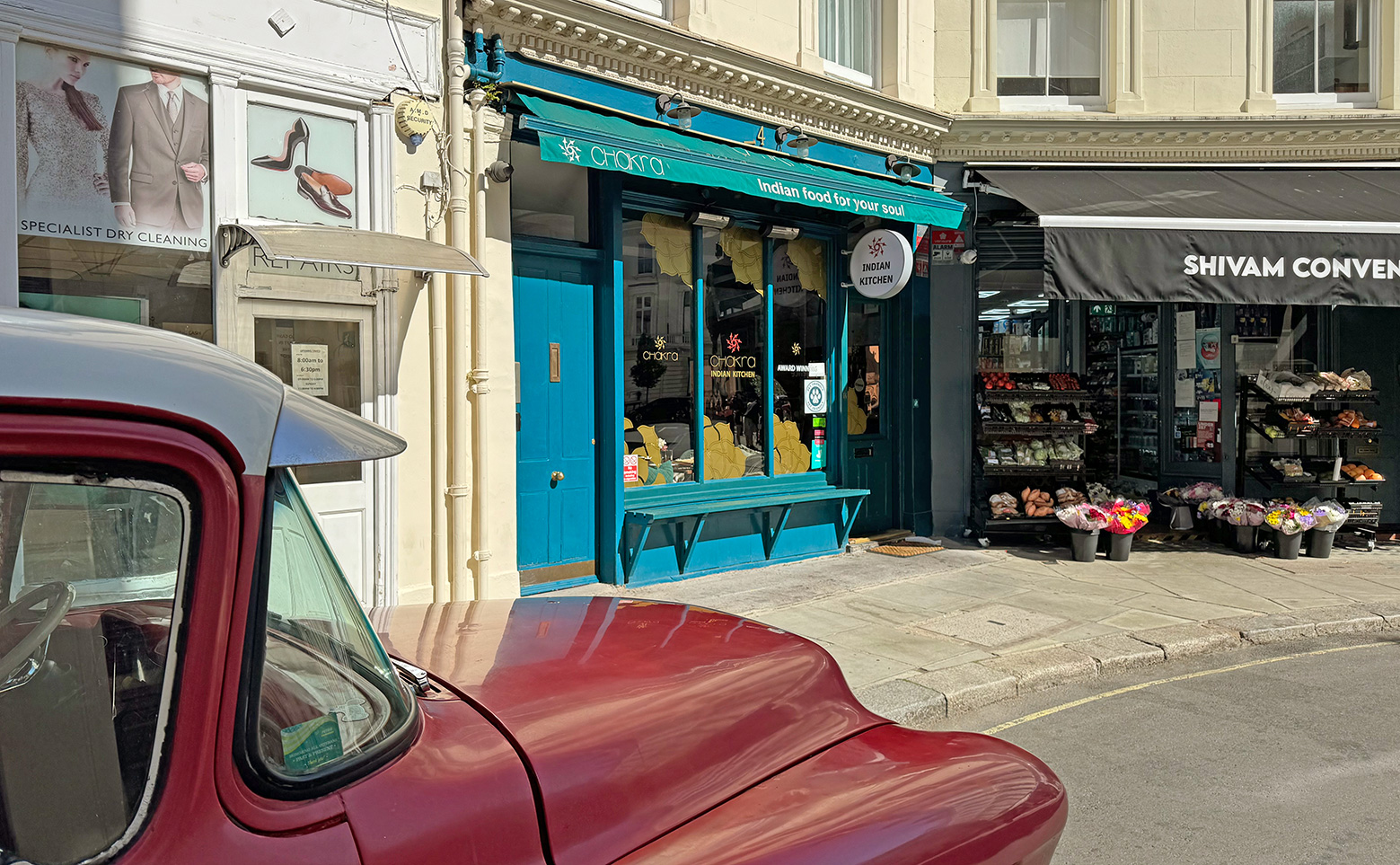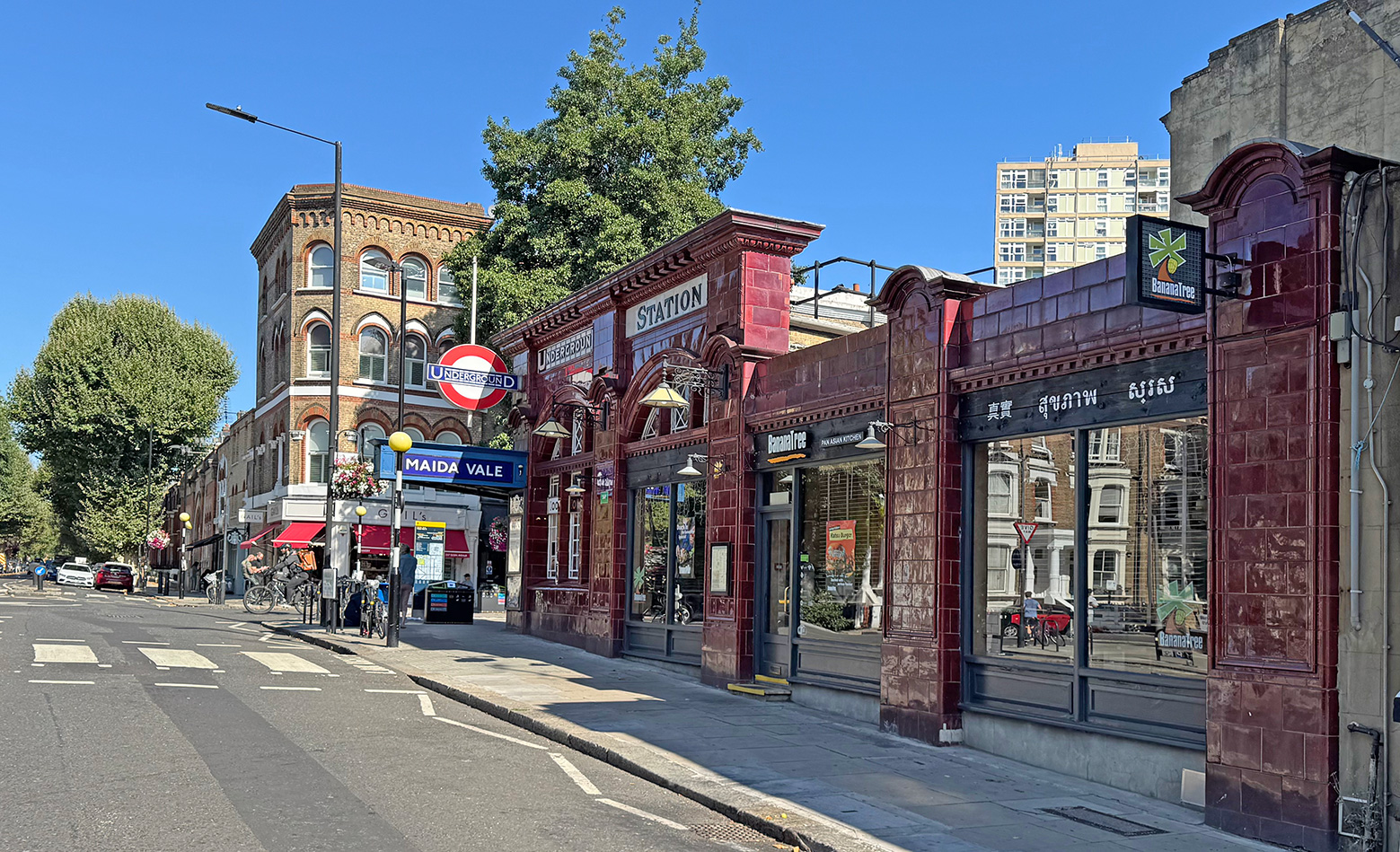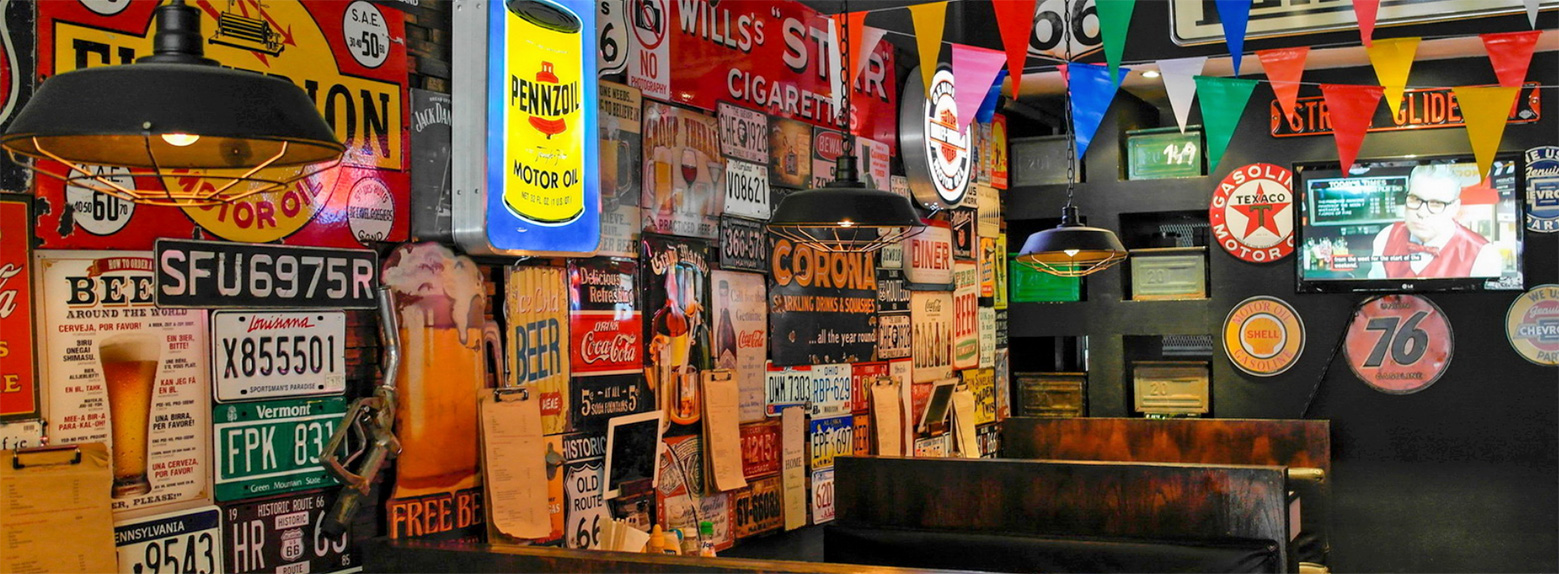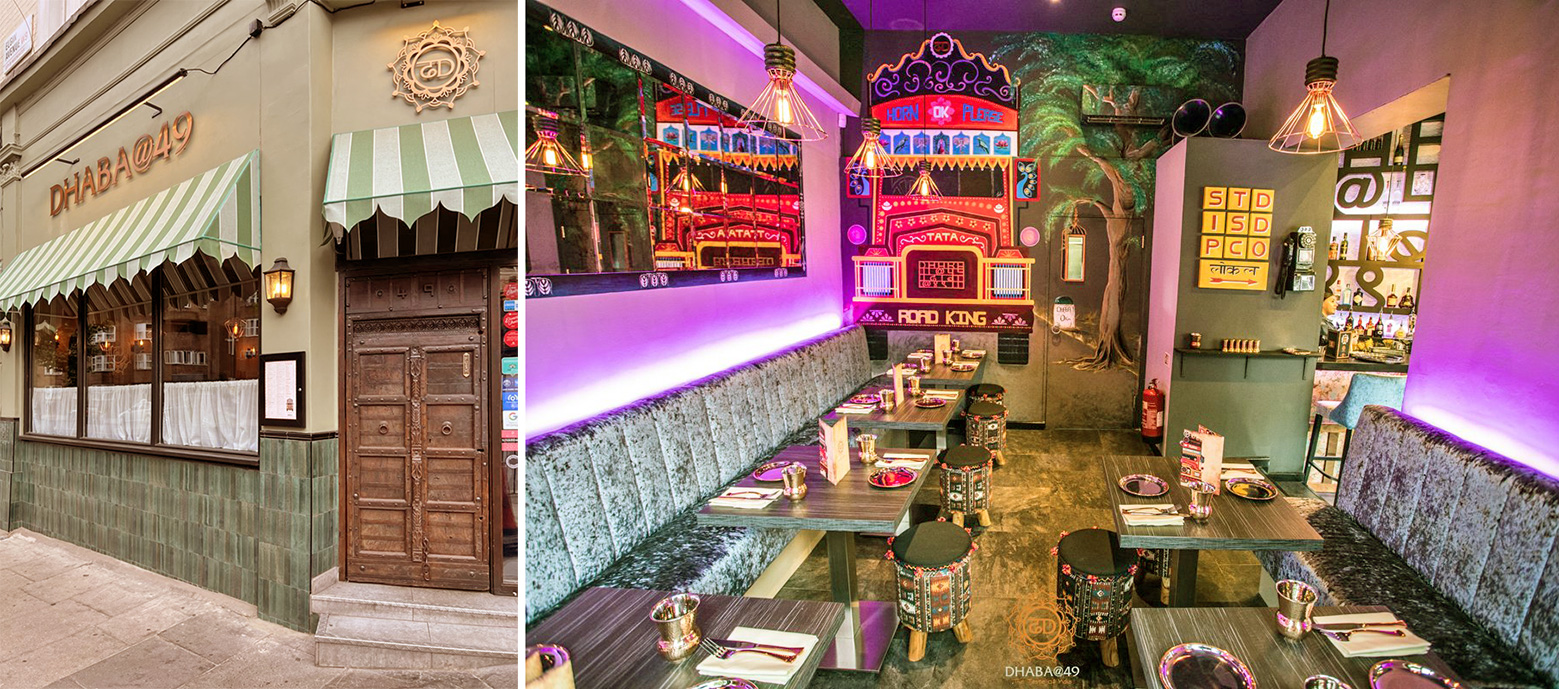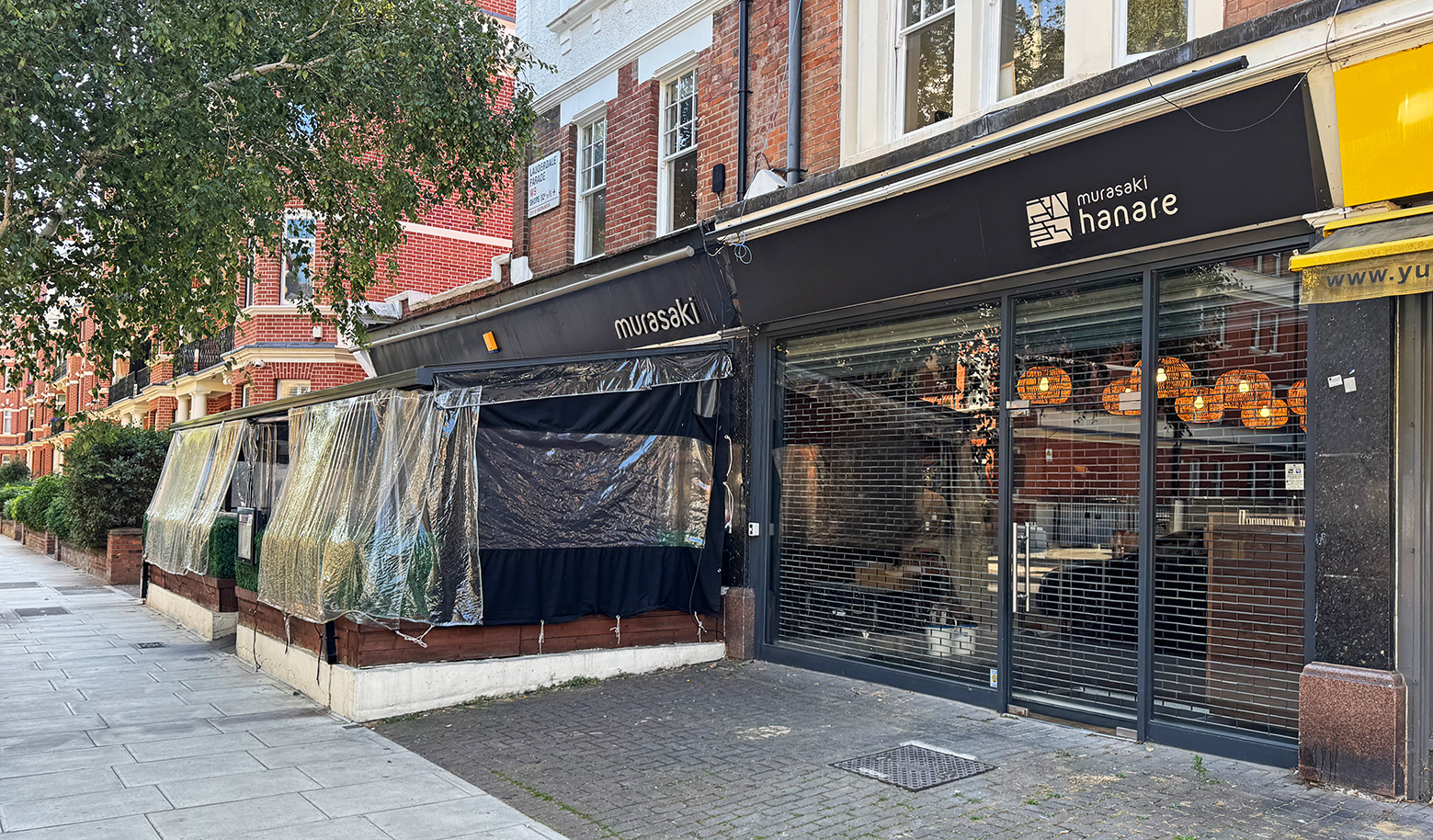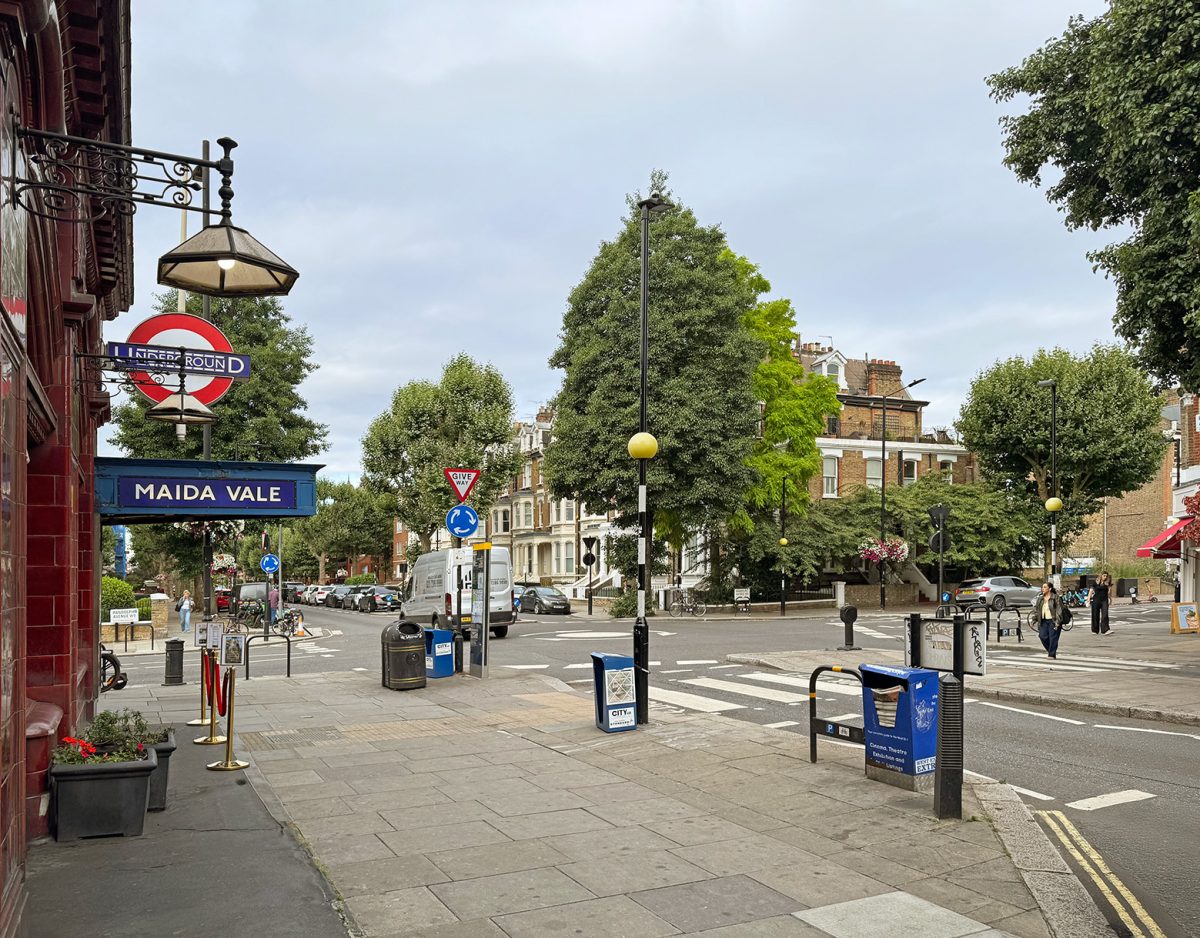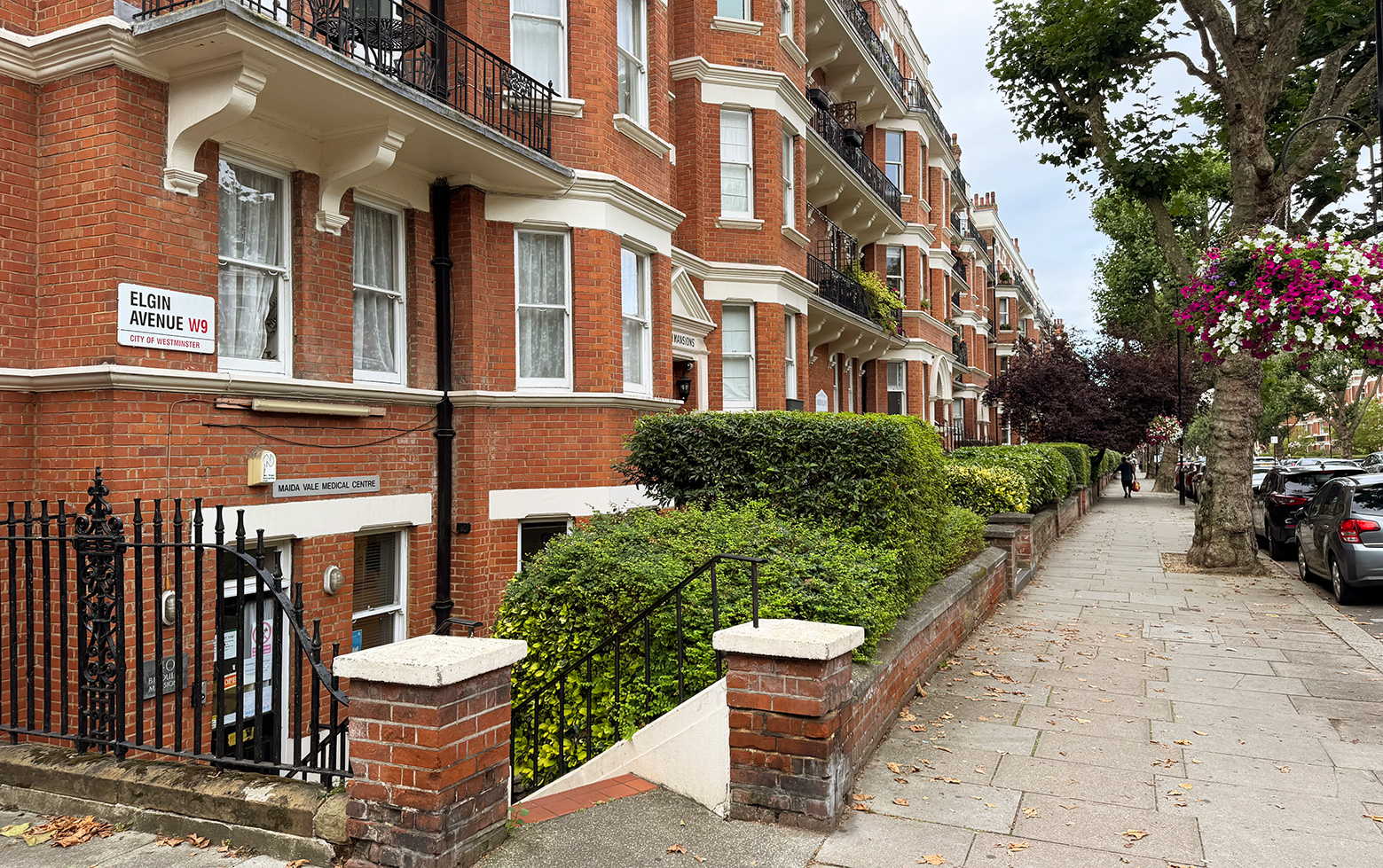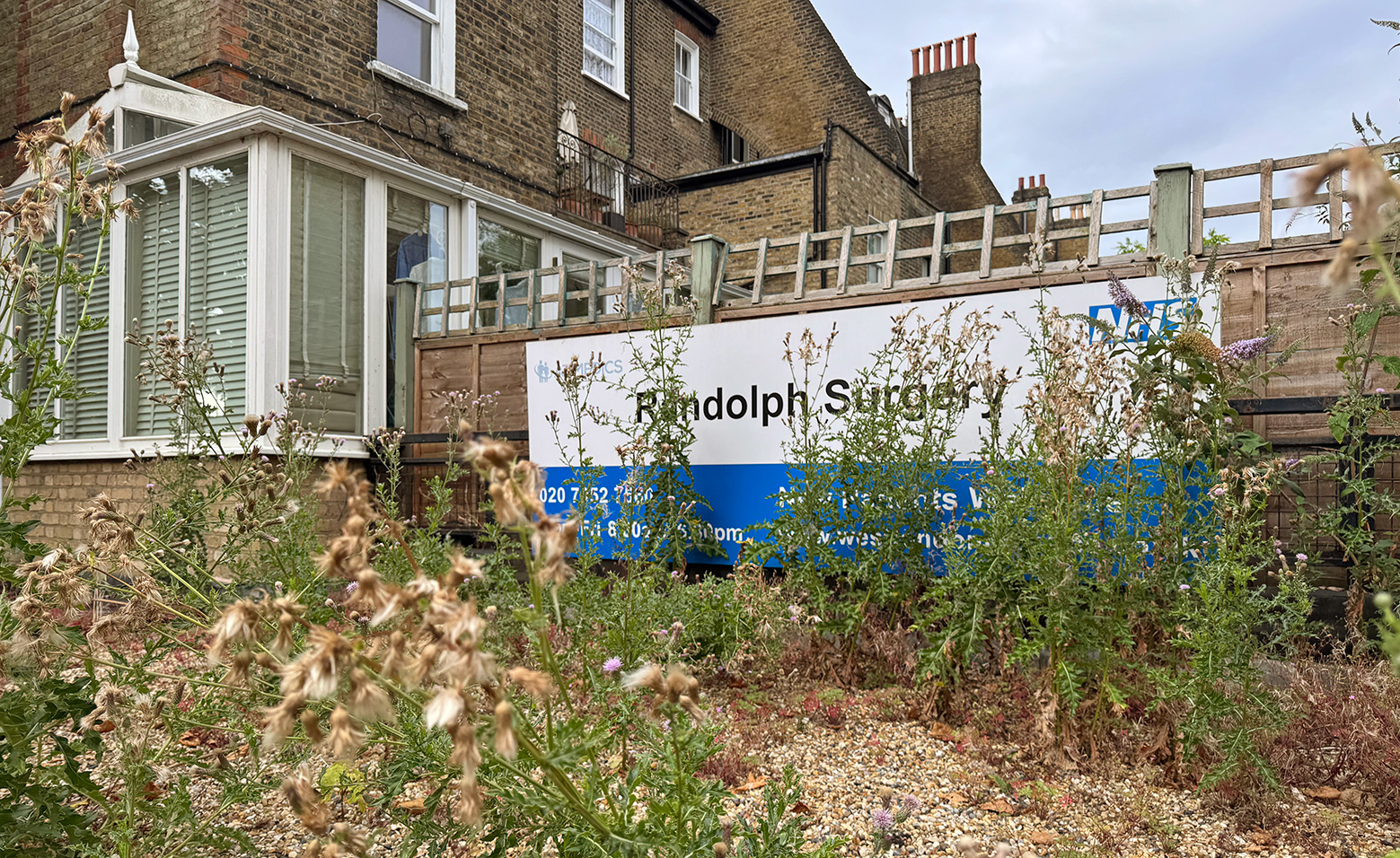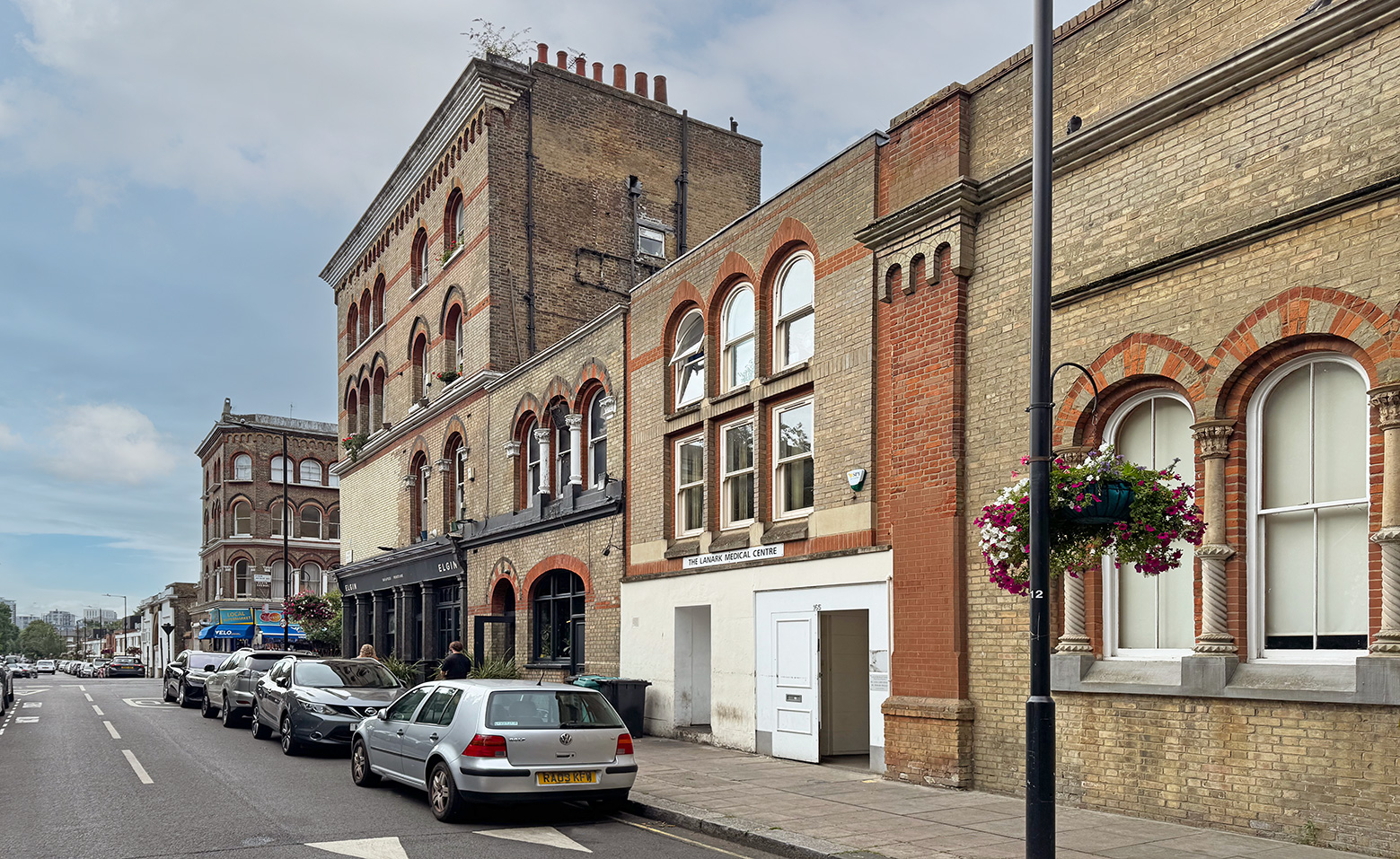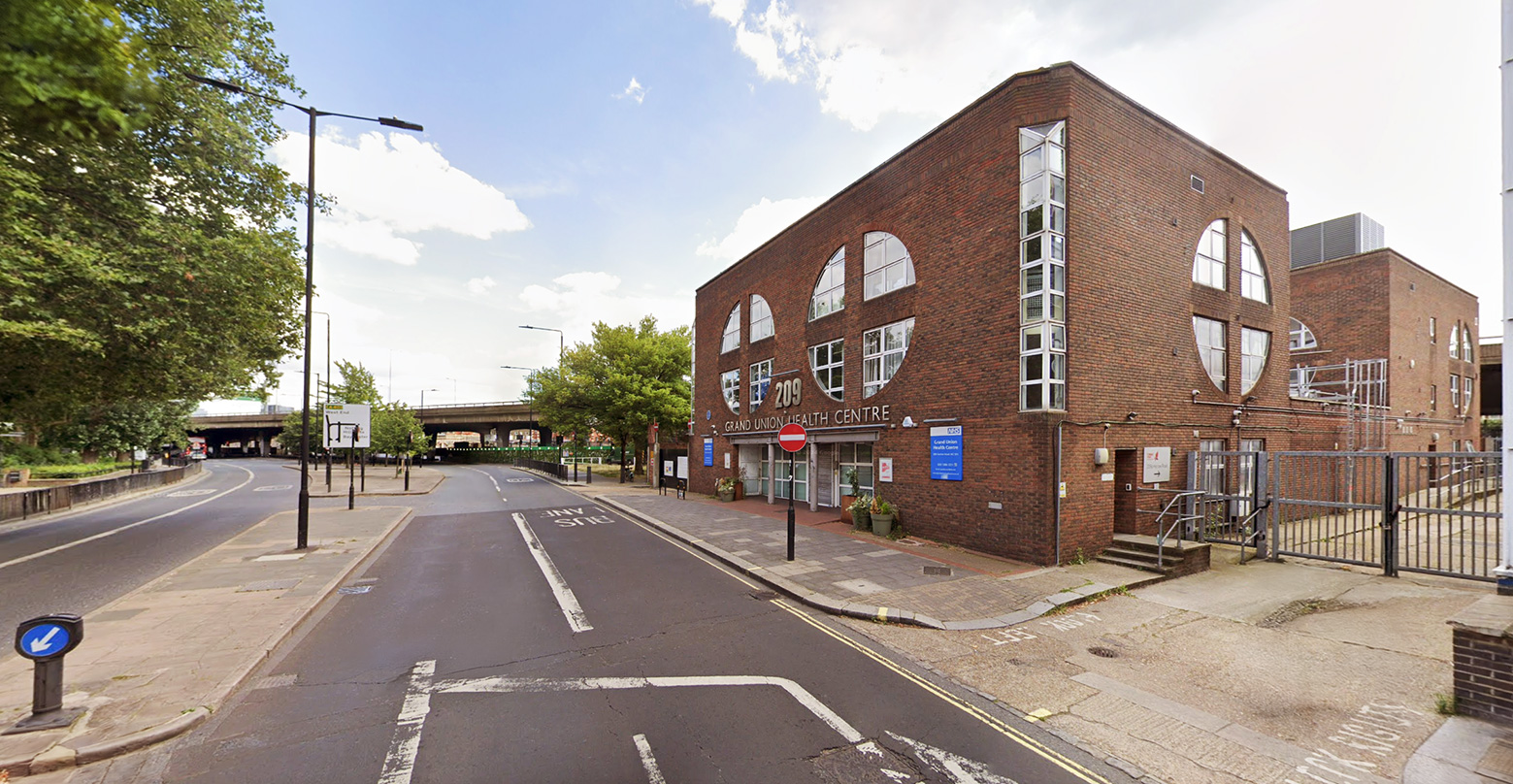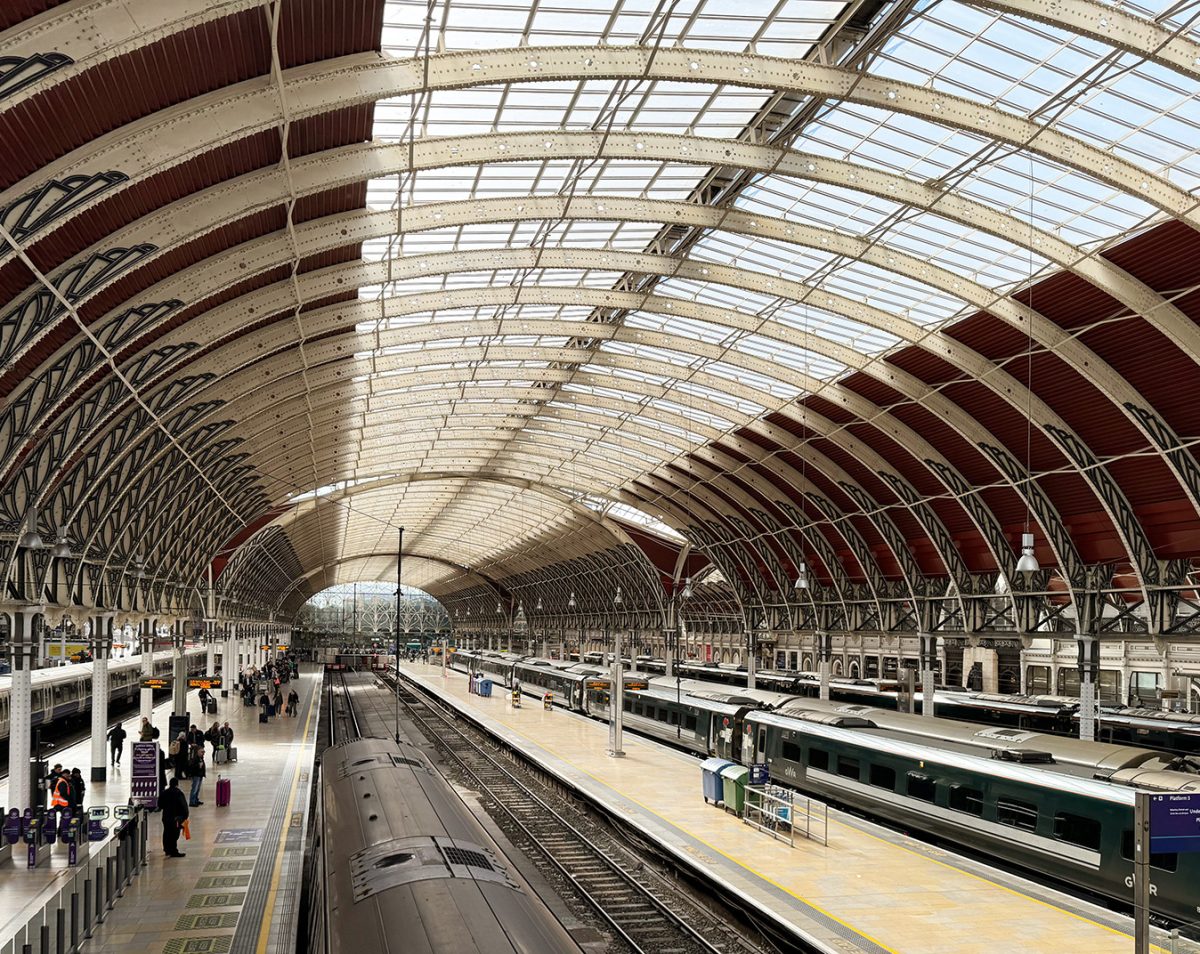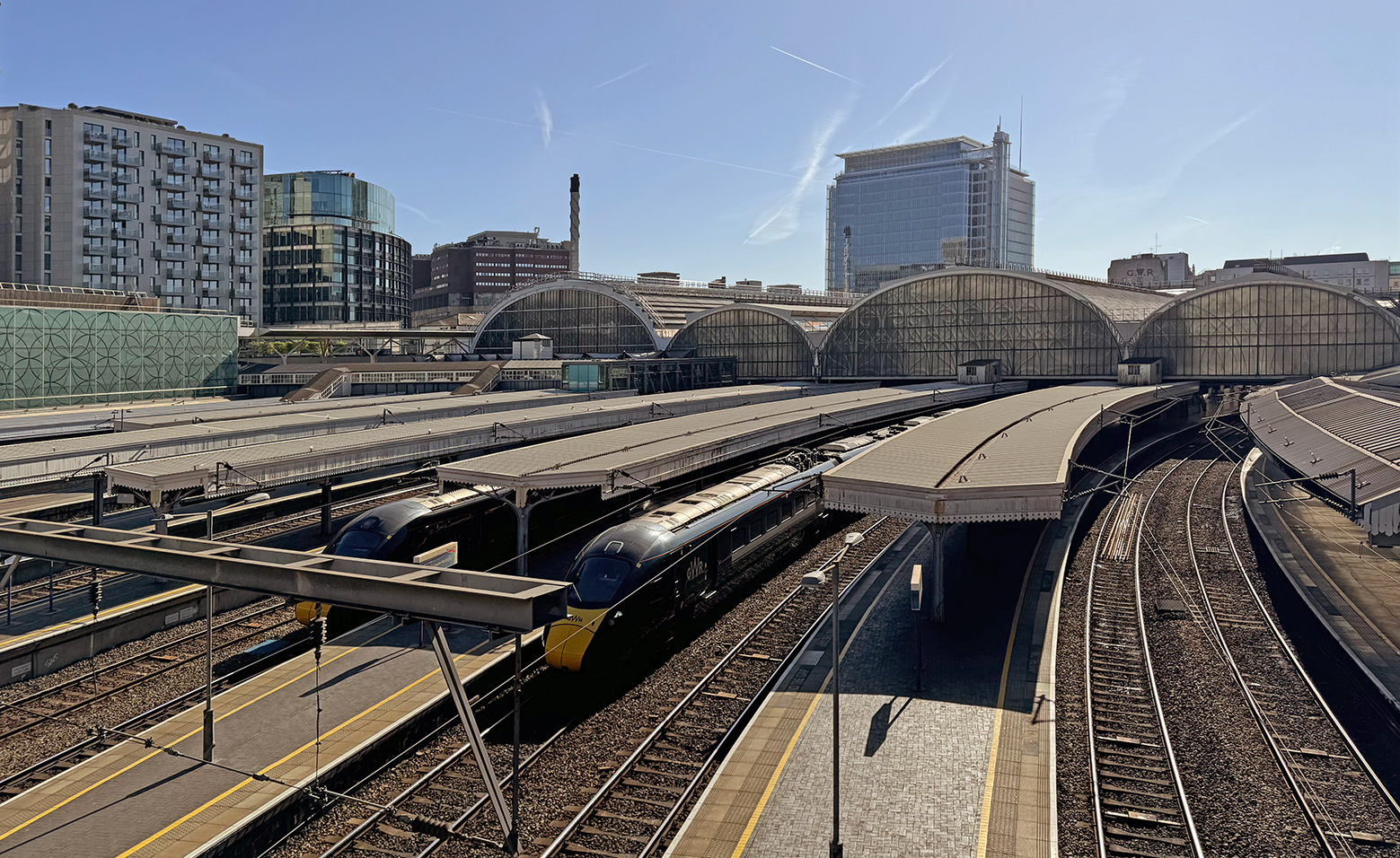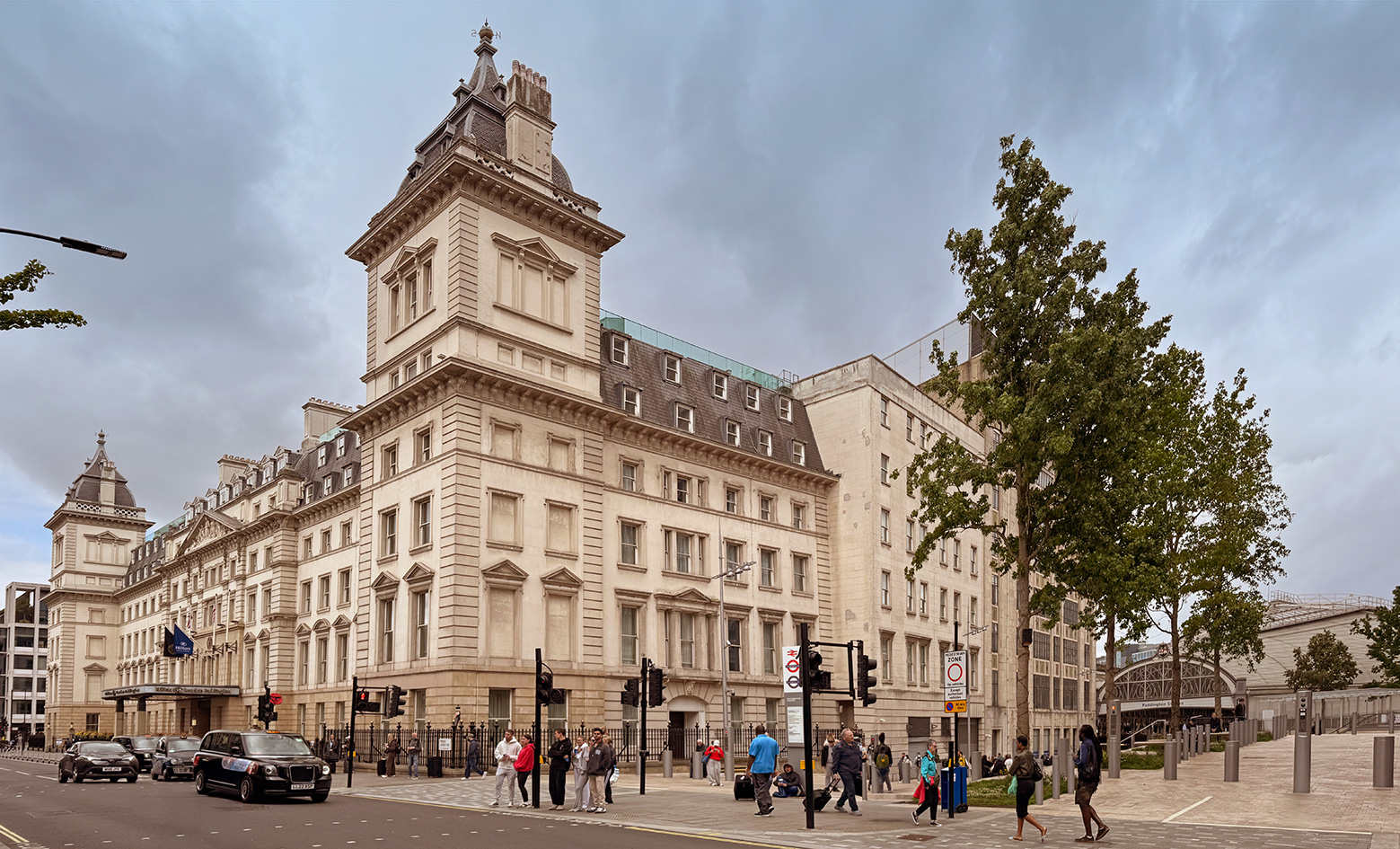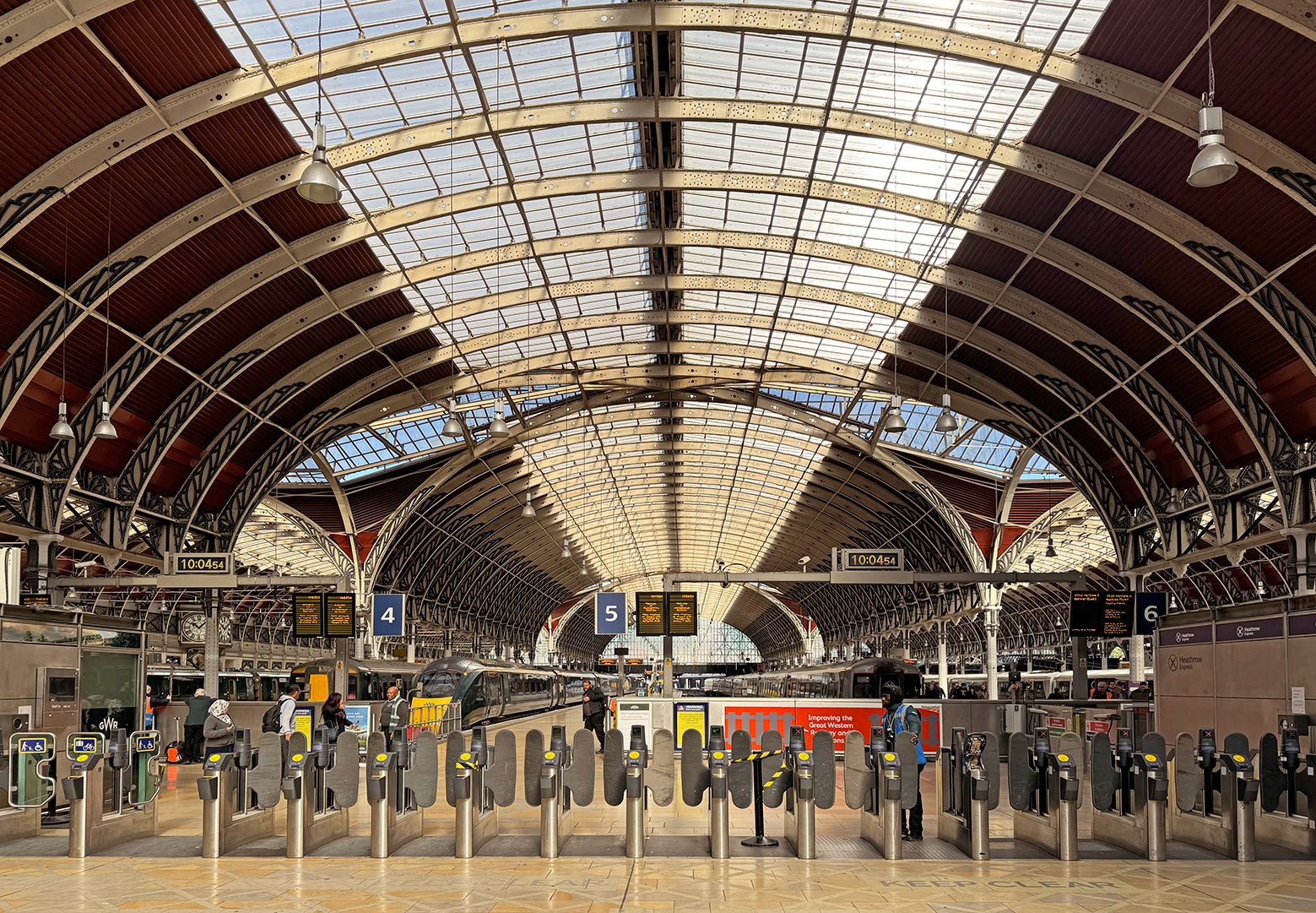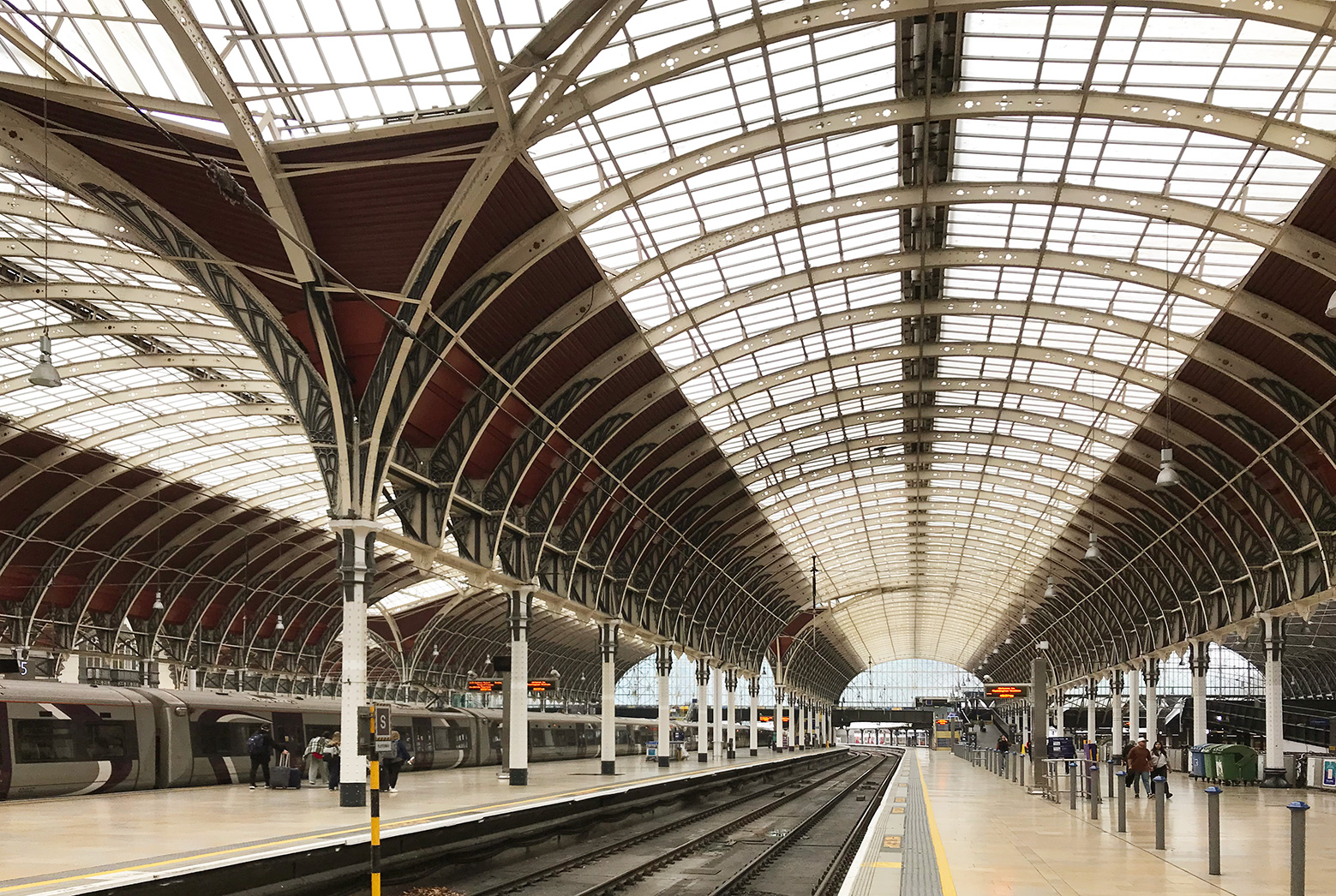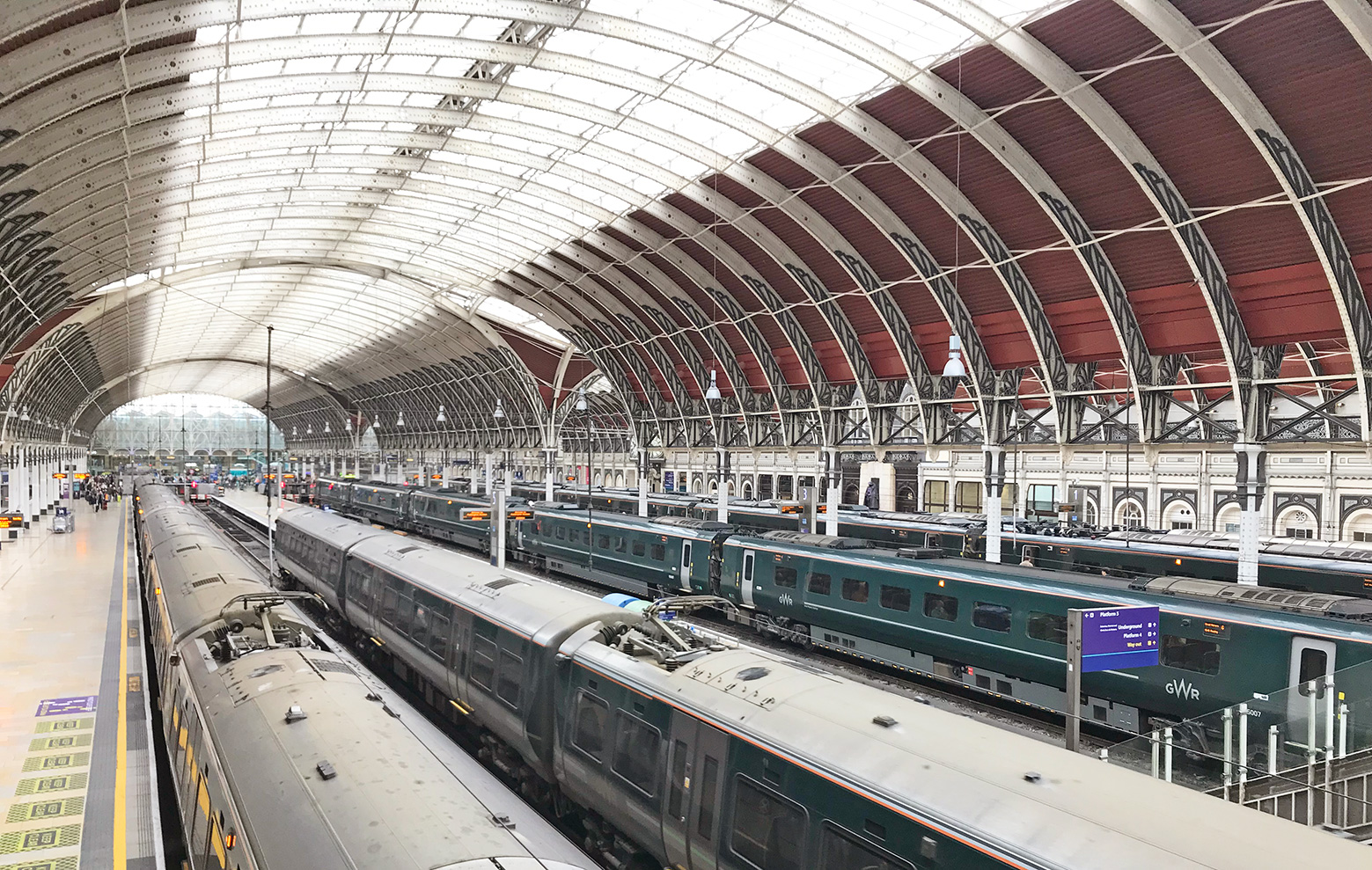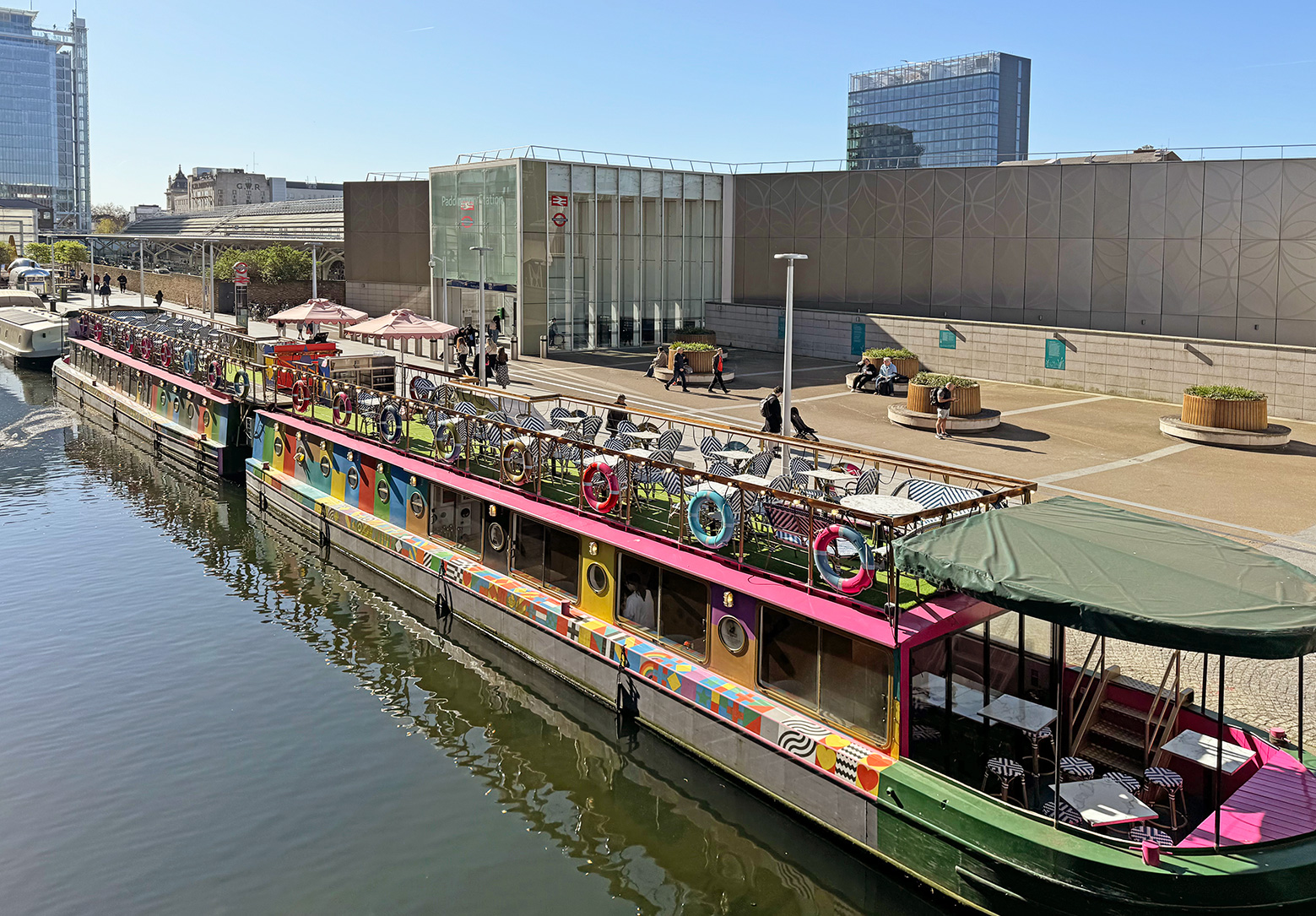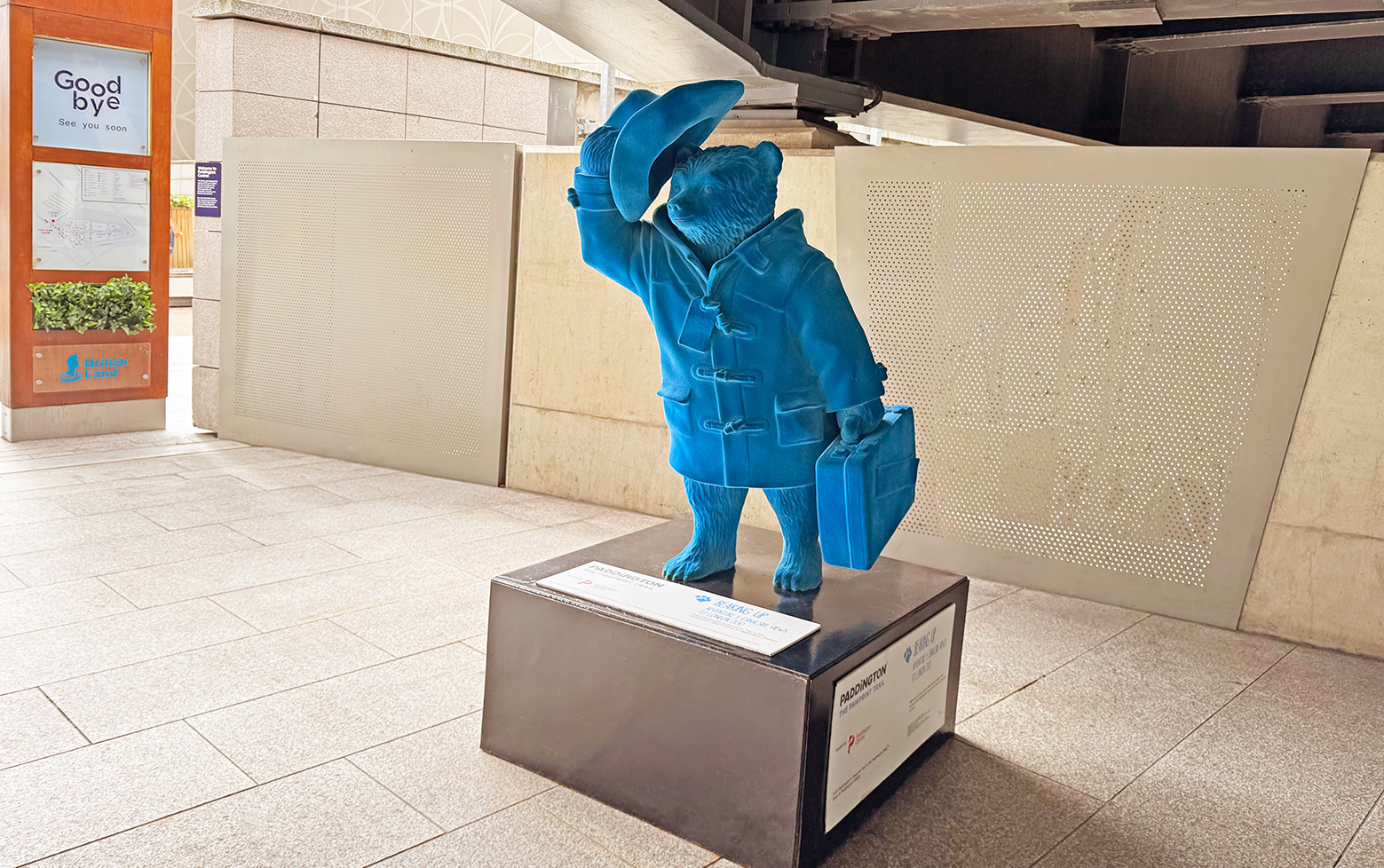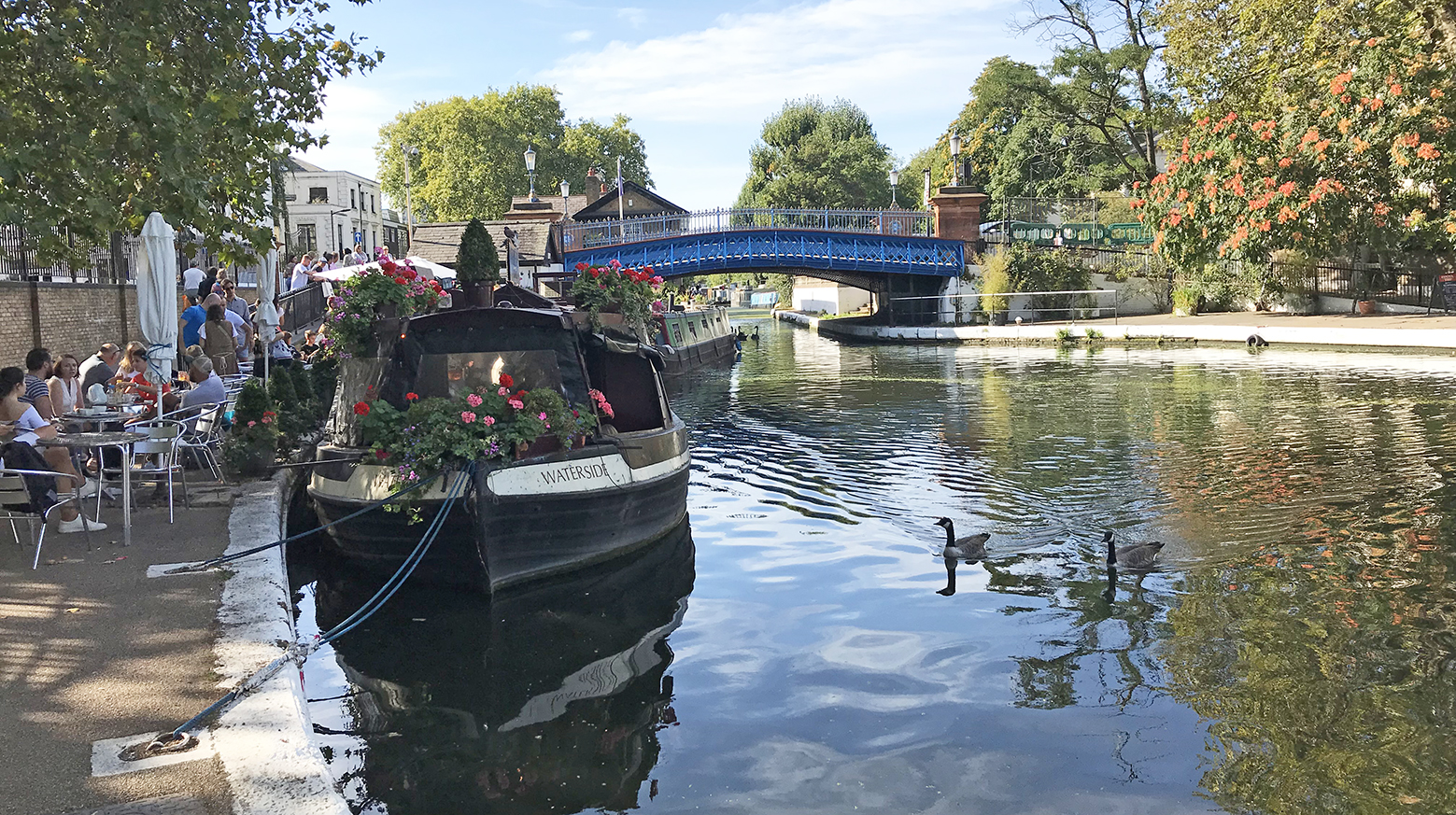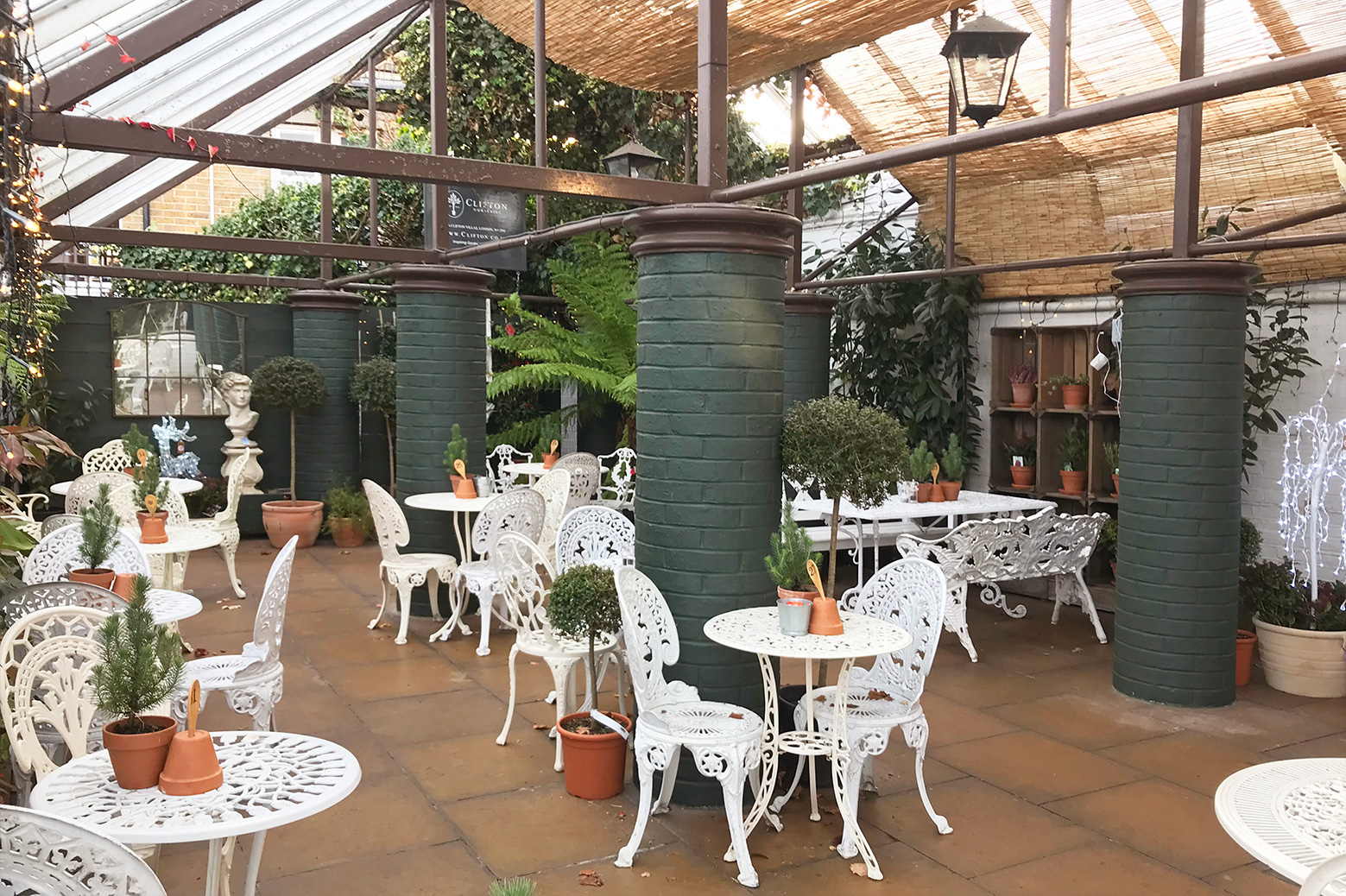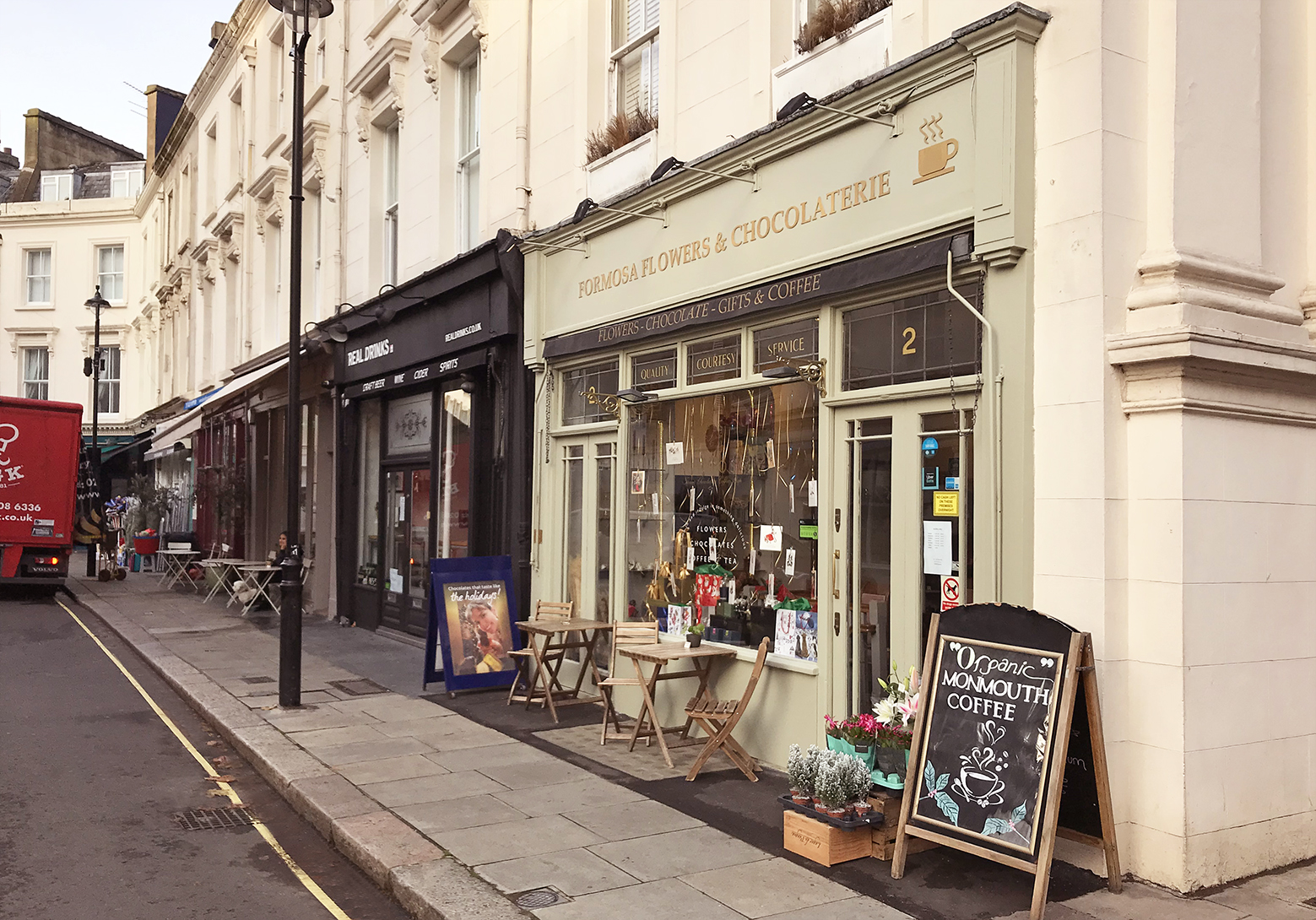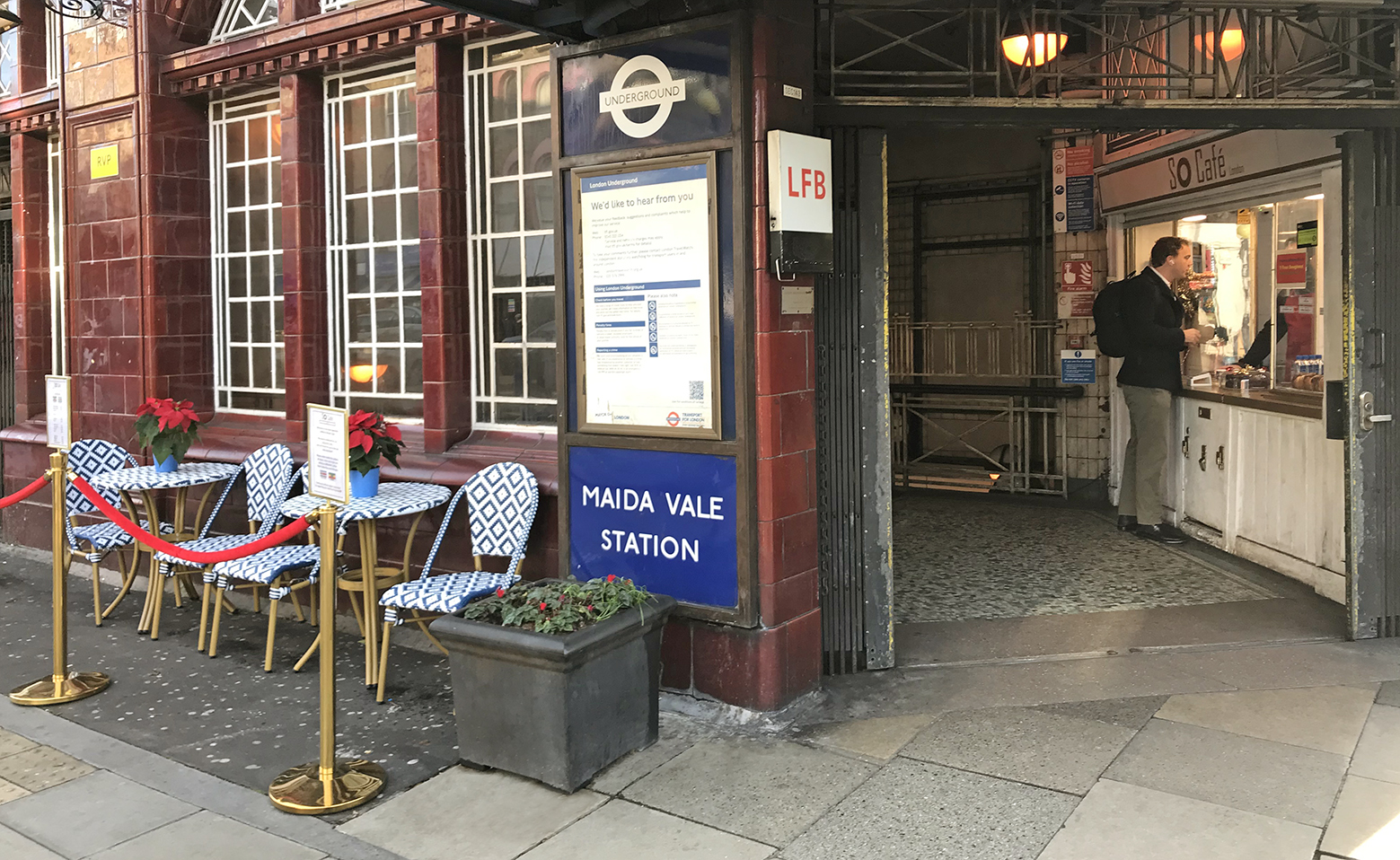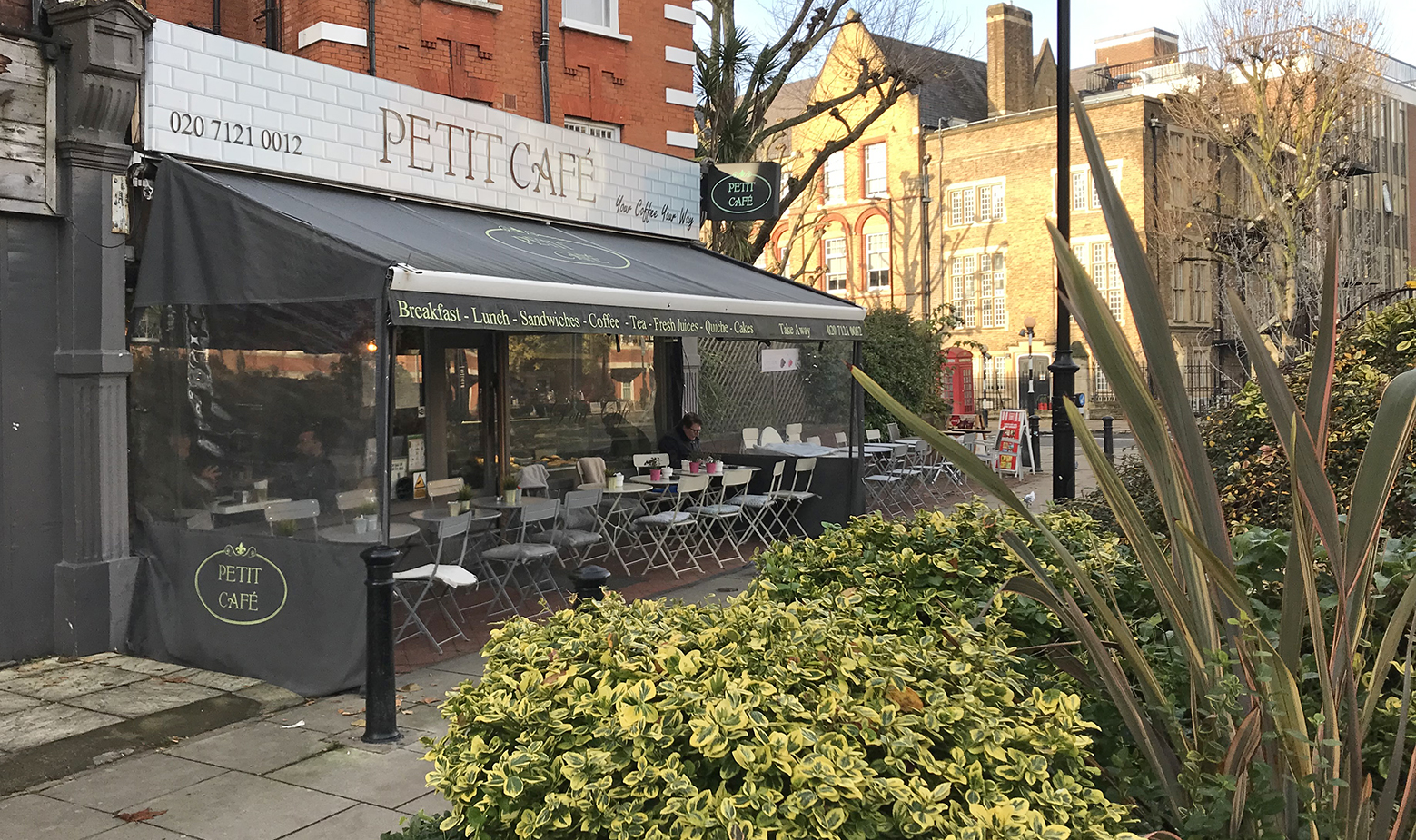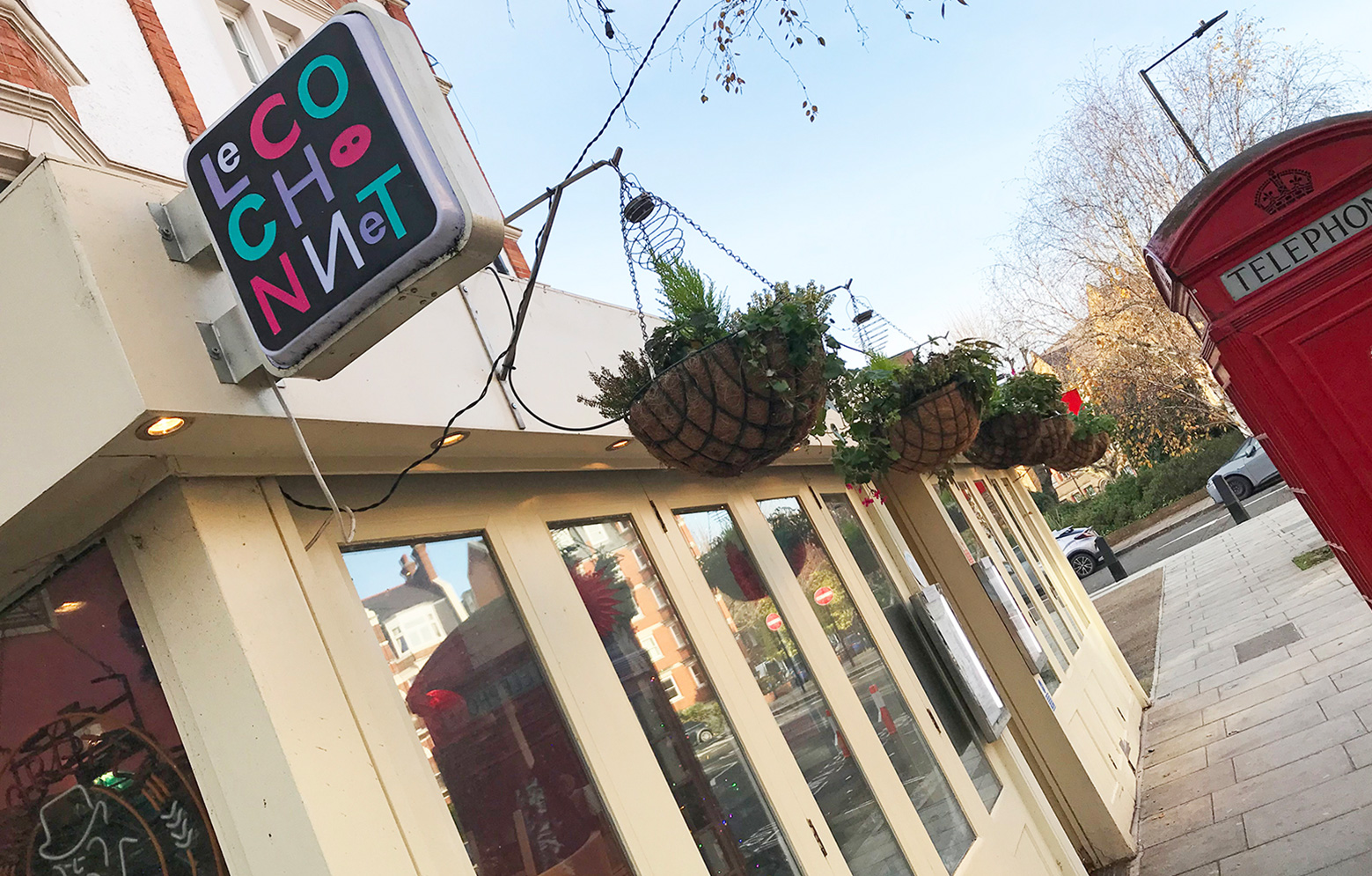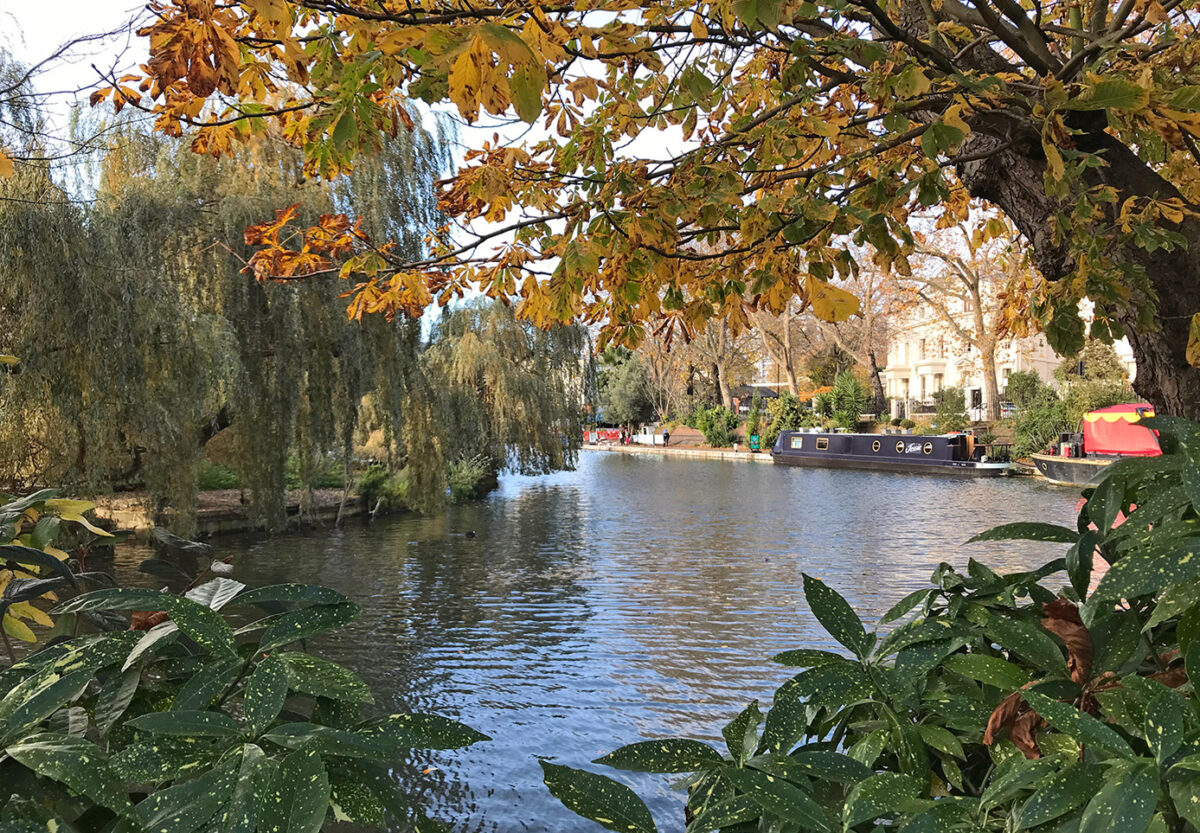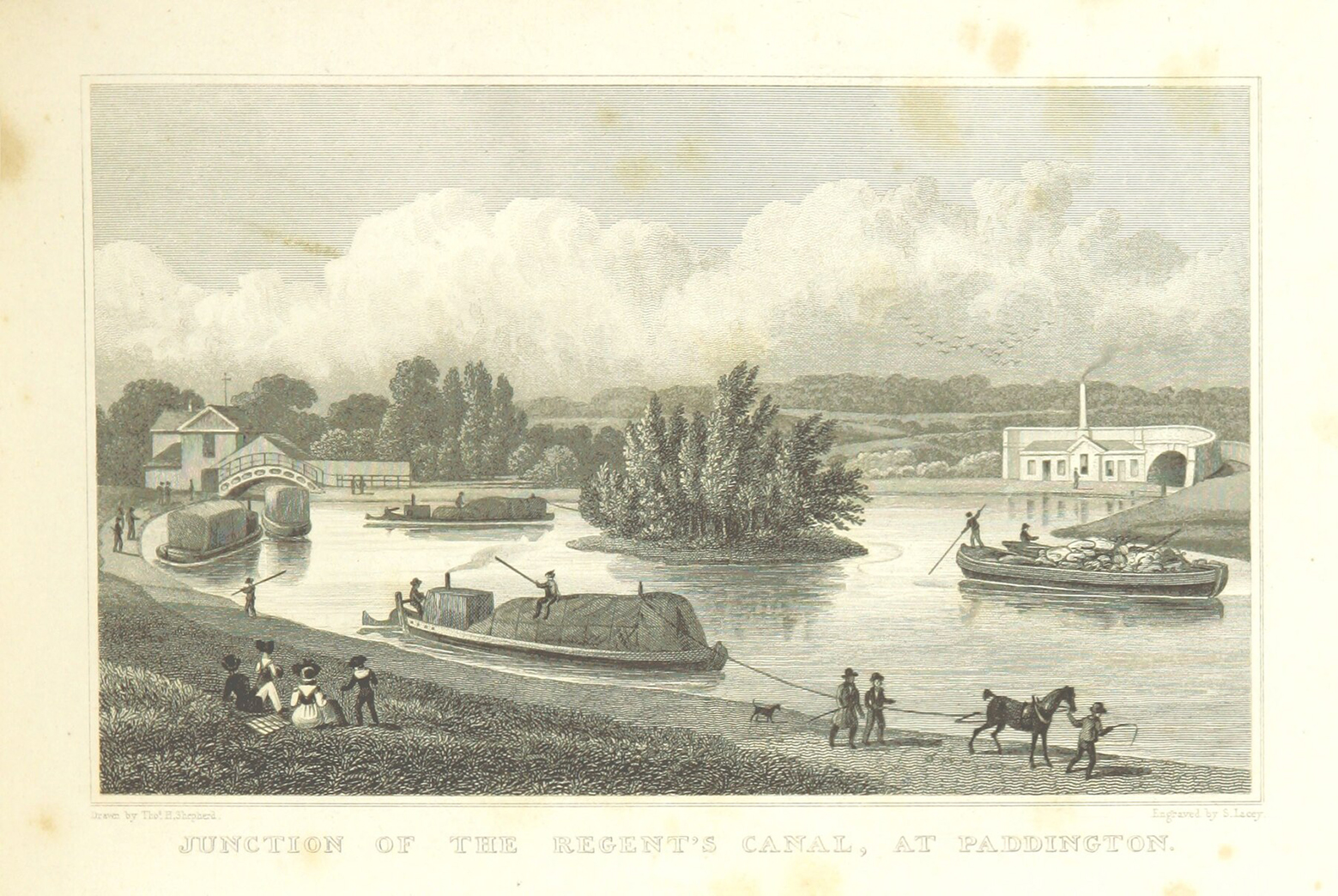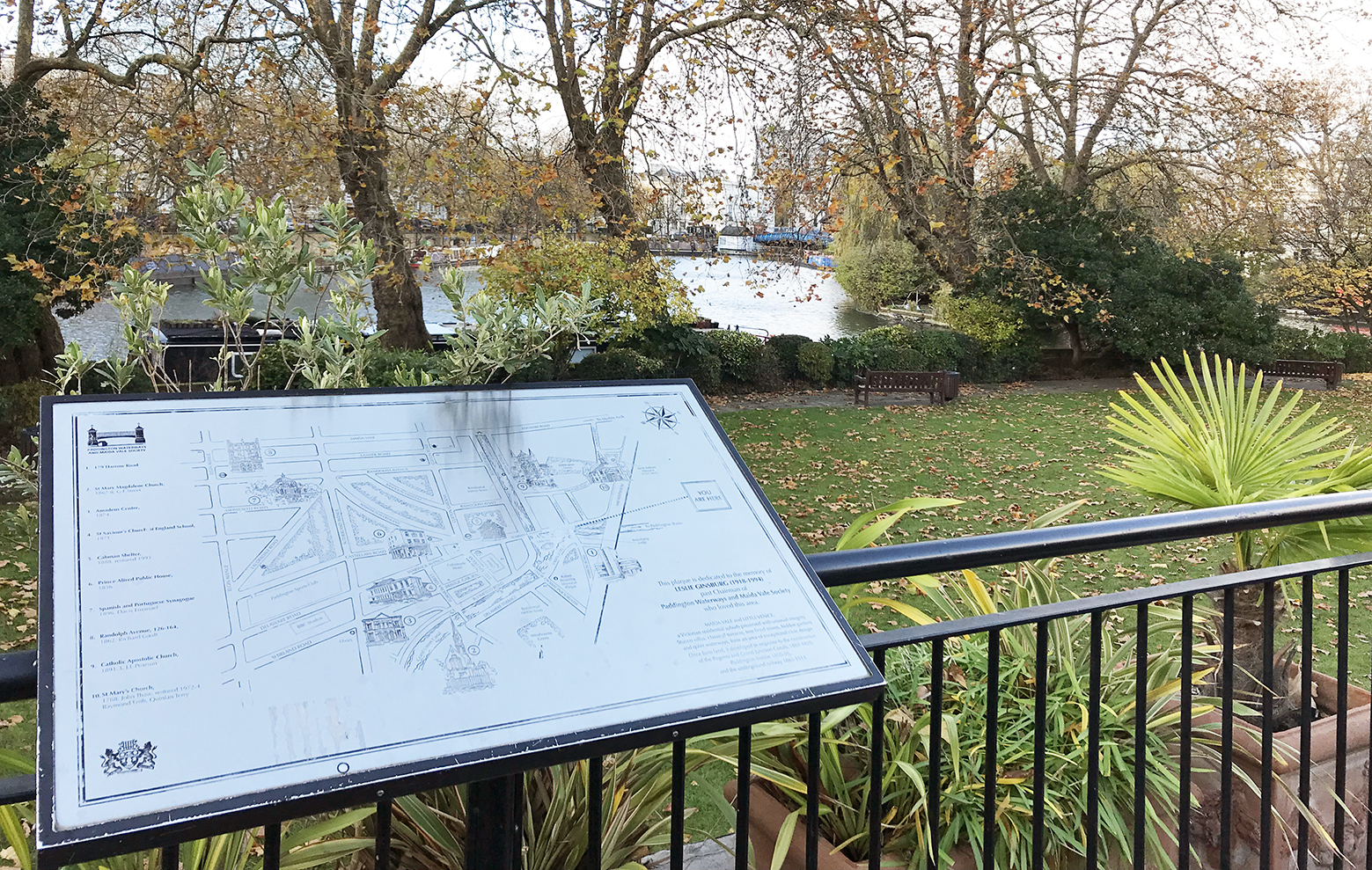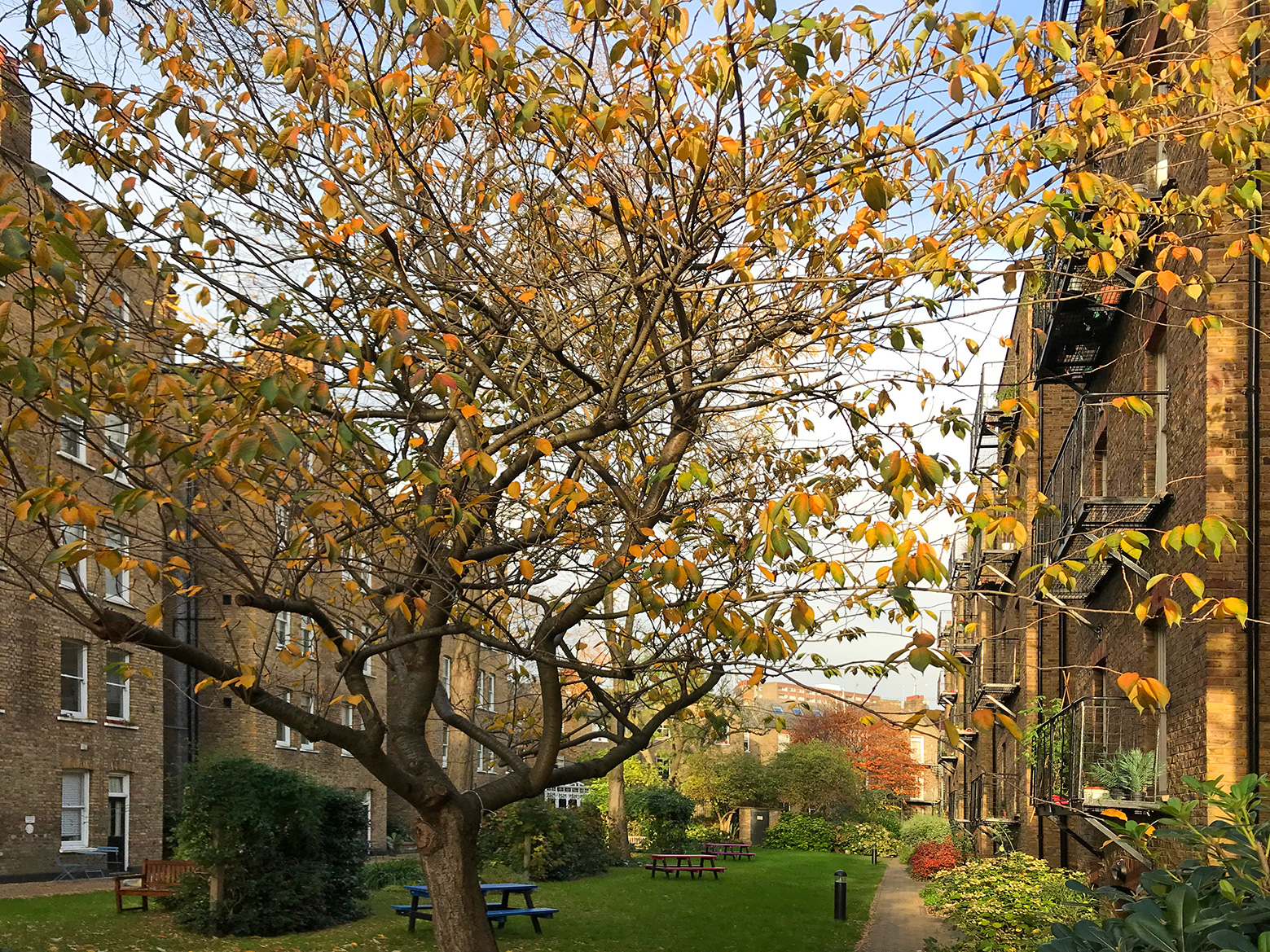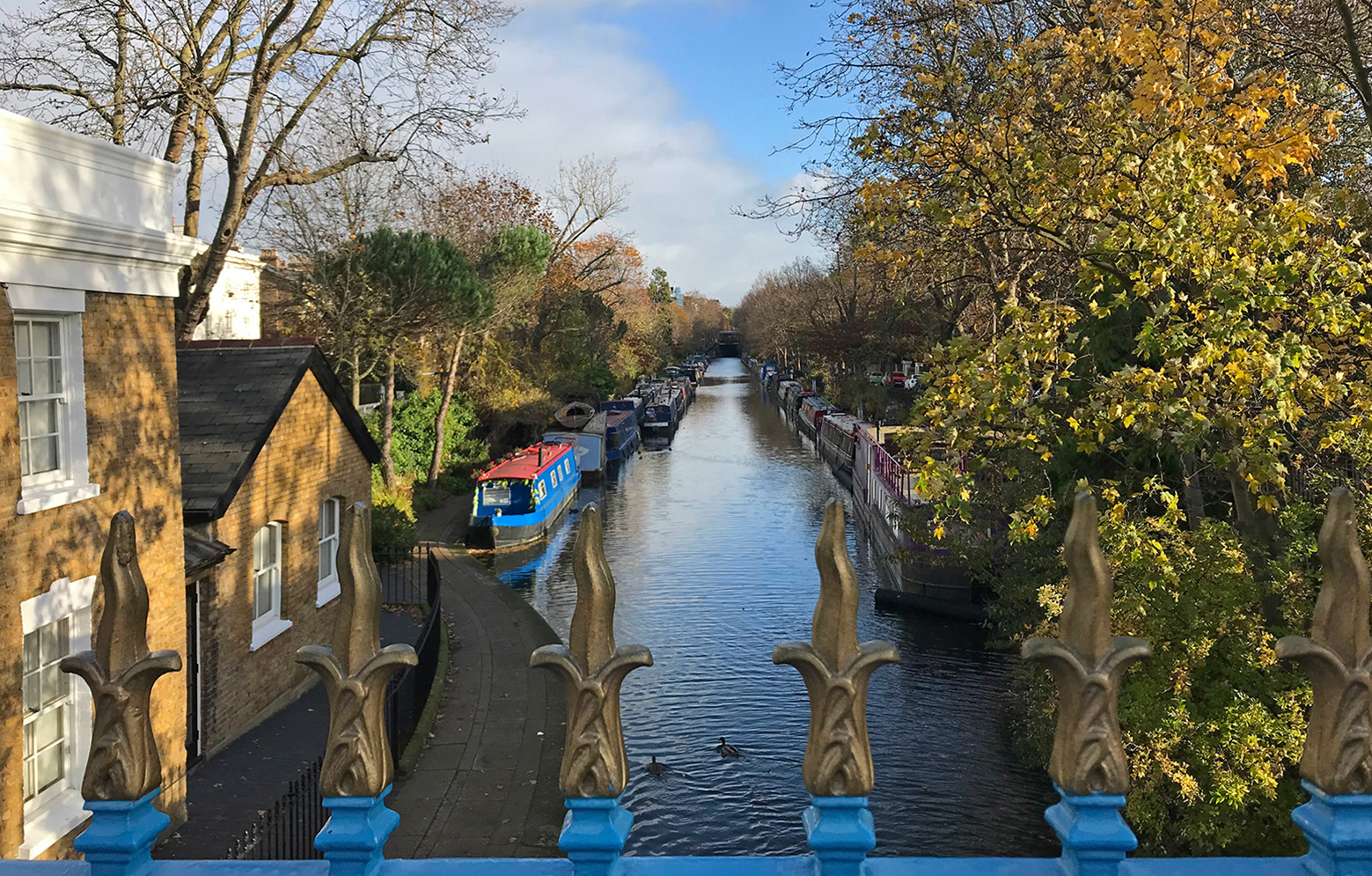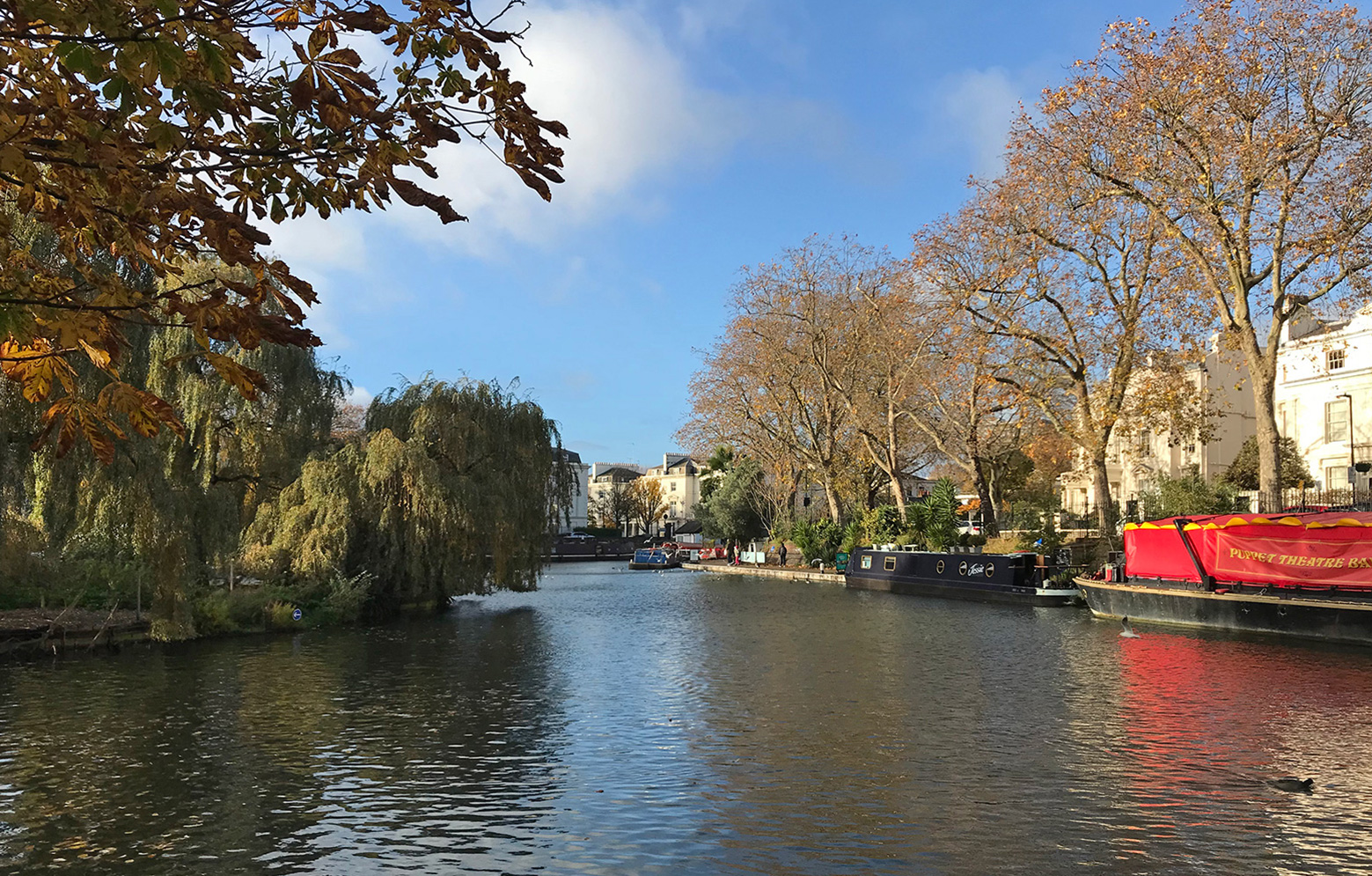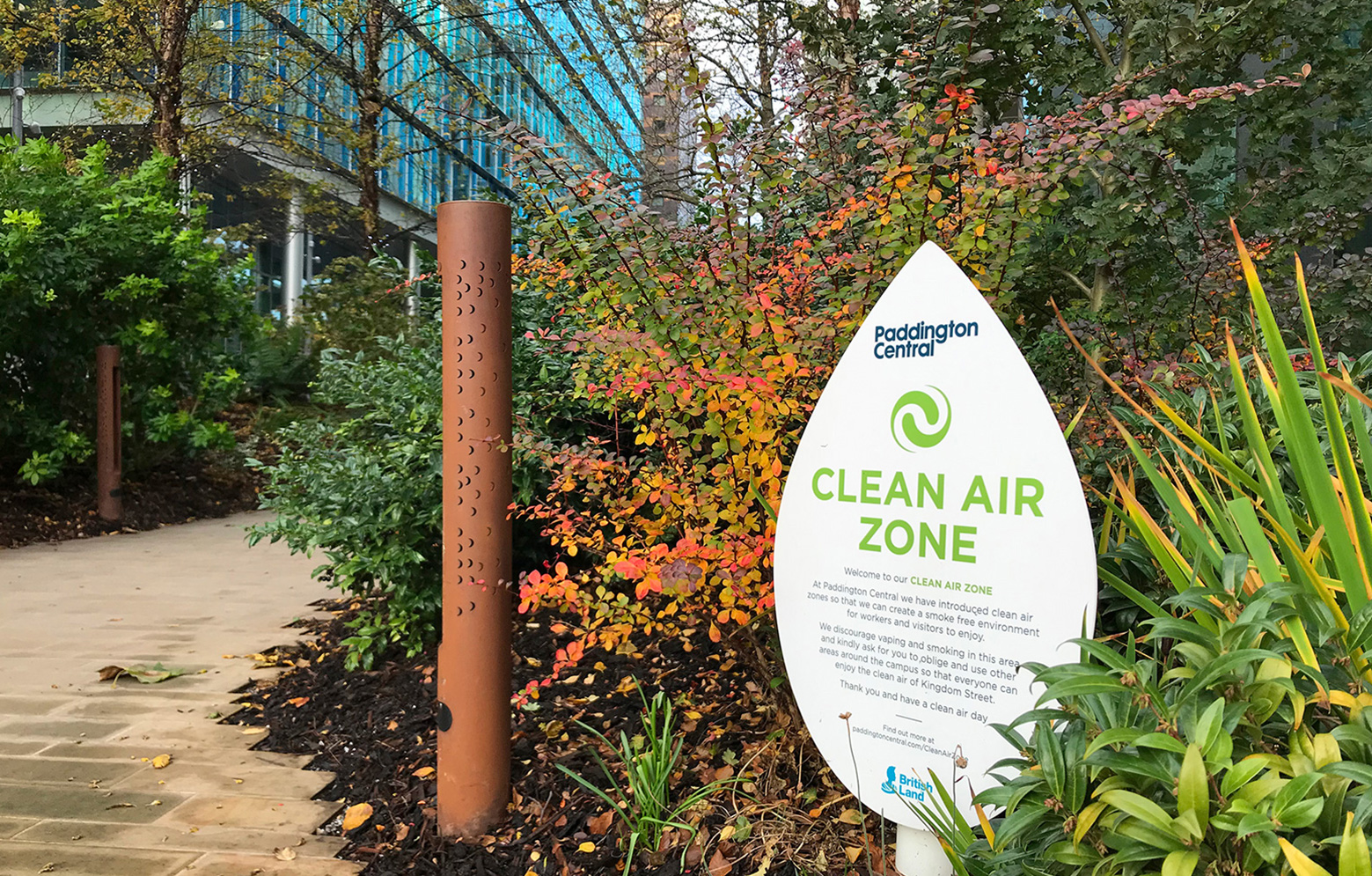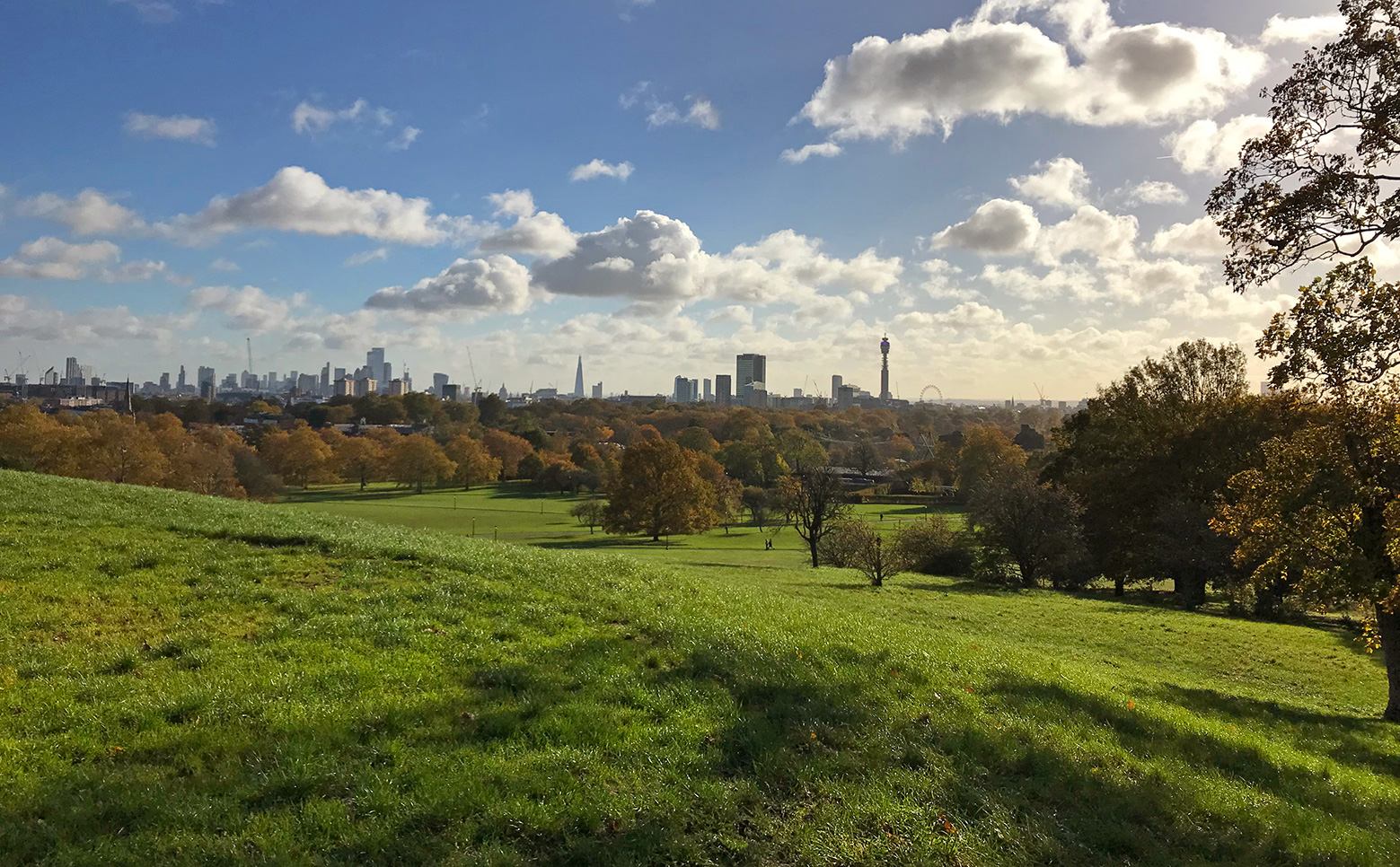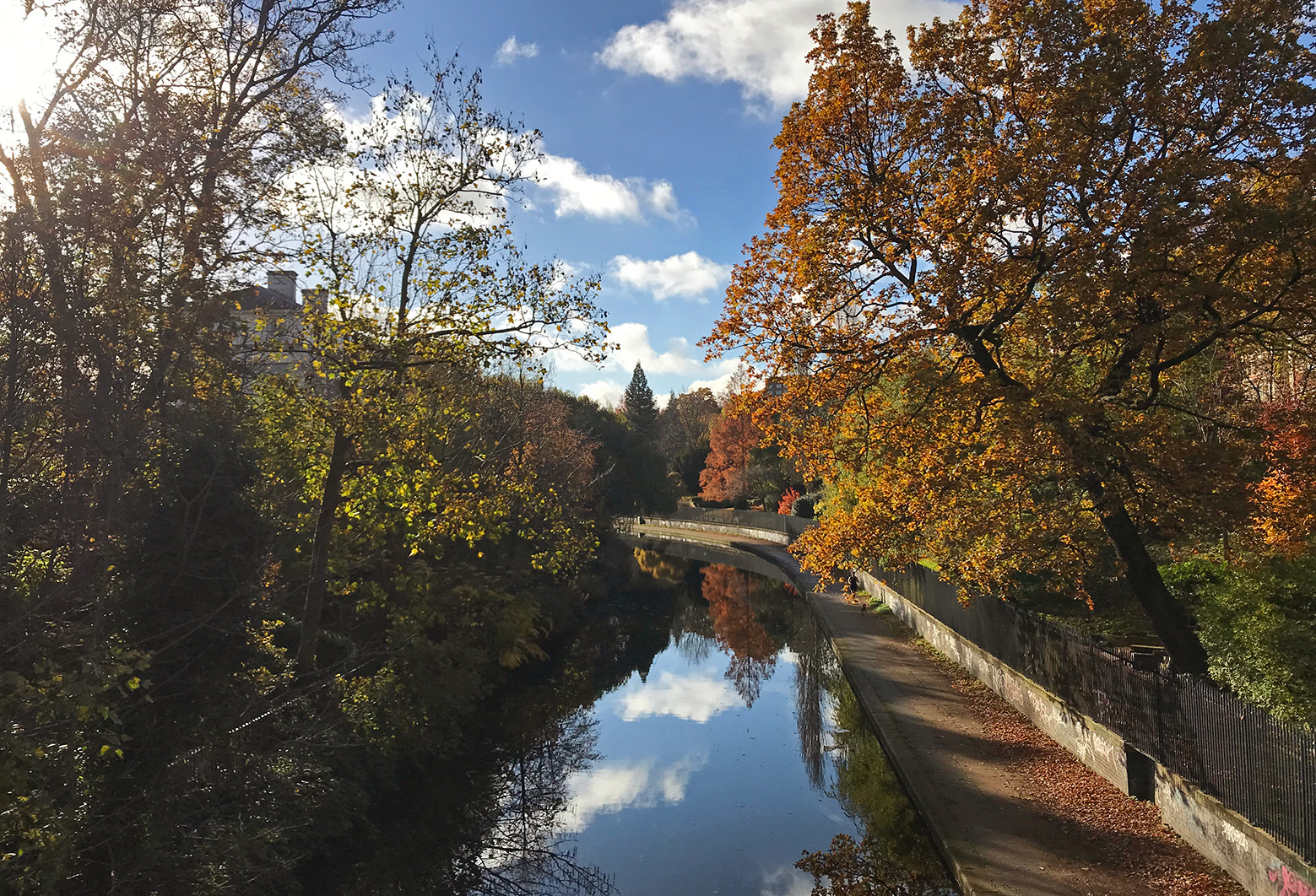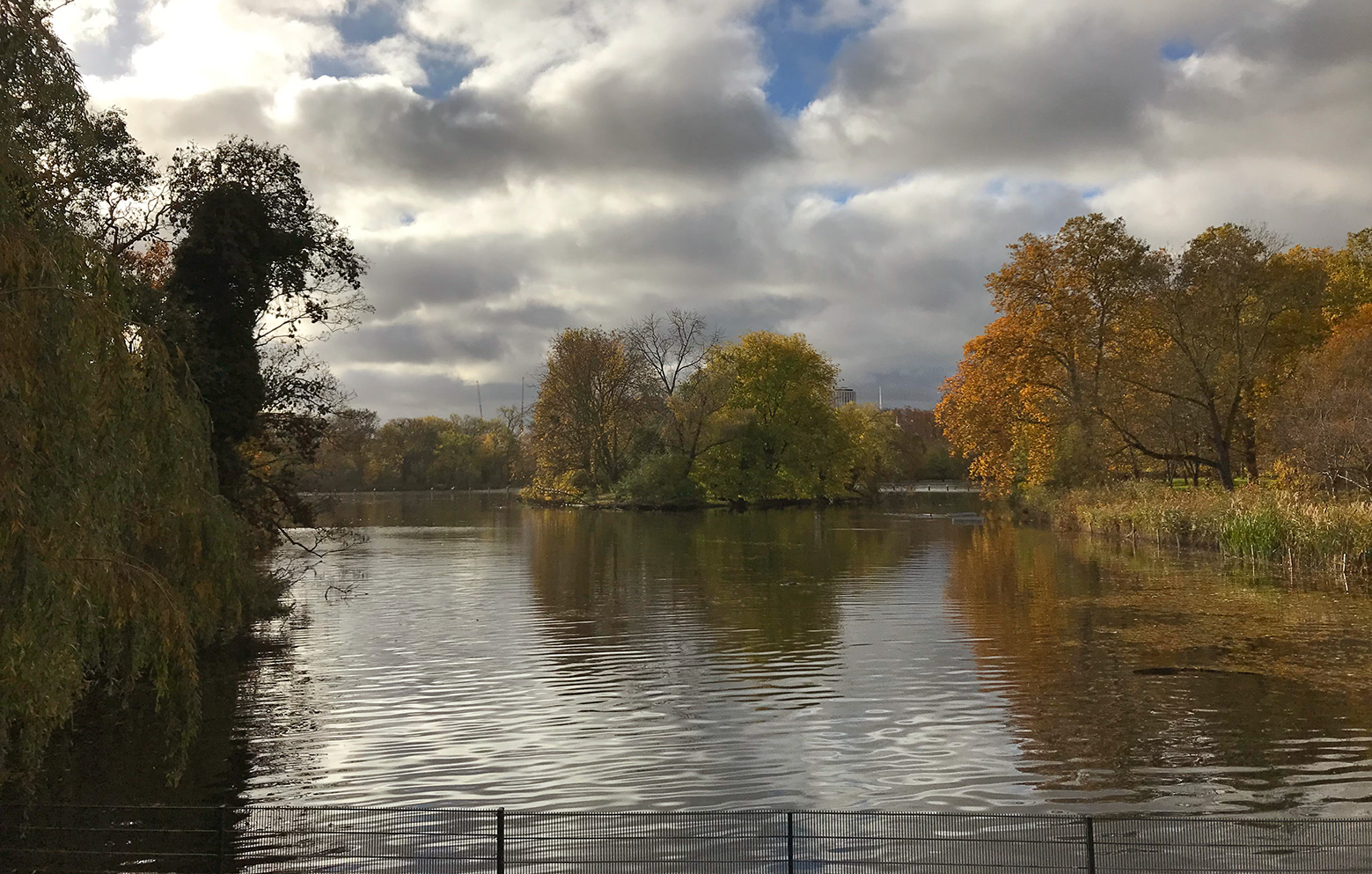One of the strange things about living in London is that although we’re constantly surrounded by people, it’s often the case that many don’t really make much of an effort to reach out and talk to each other. Because of this, we can sometimes end up feeling a little bit disconnected. Fortunately, living in Maida Vale, Morshead residents are surrounded by a wealth of opportunity to connect with and meet like-minded neighbours.
What’s available for people living in Maida Vale?
A whole host of resources if you know where to look. For some helpful suggestions, read on…
Maida Vale Library
A good local resource, and one that many people probably wouldn’t think of, is Maida Vale Library. Situated on Sutherland Avenue, the library is open every day except Sundays. There are many useful resources to be found here, such as employment advice sessions, free Wi-Fi, photocopying, printing, scanning, reading groups and room hire. The library also offers a range of community involvement sessions, including the following:
Digital Support

These sessions are available on Mondays and Saturdays and can be booked by calling 020 7641 6200 or by registering at the library desk. Volunteers provide one-to-one support to anyone needing help with a computer or smartphone problem. They can also help beginners who want to get started.
Return to Work Coaching

These events are designed to help people who have been out of work for a while or perhaps had a career break. Provided by The Hustle Factory, they are hosted by Francoise Carbonnel, who comes with more than 25 years of experience. Designed for anyone looking to return to work or enhance their job search strategies, these sessions come with a wealth of valuable resources. The next course is on November 5th, from 10am-11.30am.
Mindfulness for Stress Reduction

A great opportunity to learn some self-care tools to help manage stress, these sessions offer useful advice on taking steps towards a calmer mind. This MBSR taster session is facilitated by Michelle, a British Association of Mindfulness Based Approach (BAMBA) registered Mindfulness Based Stress Reduction teacher. You can contact her directly at hello@thetheraoy.garden. The next session is on Friday October 31st, from 4-5.30pm.
As well as the library, there are other opportunities for people living in Maida Vale to connect with other locals:
Yoga Sessions

Close to Maida Vale Station at the north end of Randolph Avenue is the Iyengar Yoga Centre. Open since 1984, it was founded by BKS Iyengar, who originally taught there. It offers daily beginners classes as well as specialist classes for children, teenagers, pregnancy, 60+, students with neurological conditions and remedial yoga. To find out more, click here.
Canal Boat Rides
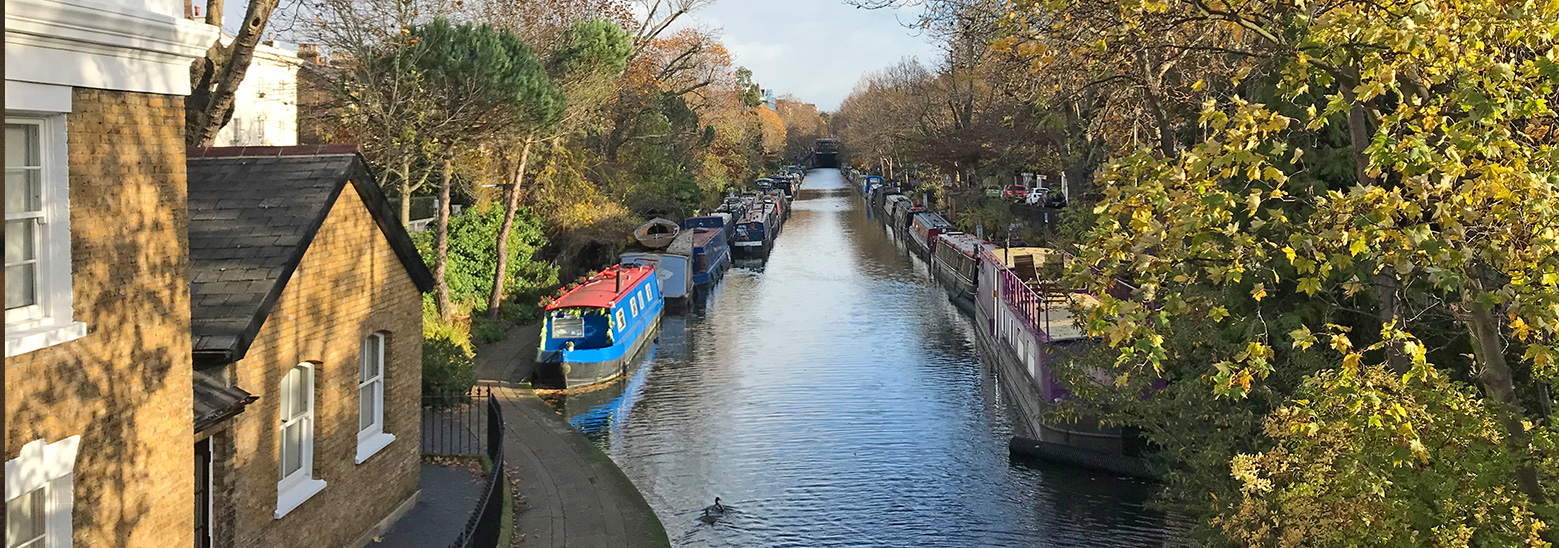
The London Waterbus Company runs trips daily from Little Venice to Camden Lock, taking you through Regent’s Park and past London Zoo. These trips take 45 minutes each way and can be booked one way or return. They are scenic and relaxing and offer a unique way to see the local area. If booked online, there are special reductions for children. You can find out more by clicking here.
Nextdoor

Nextdoor is an online app that allows people to connect and interact with other people in their local area. Although Nextdoor connects people worldwide, when you sign up, it will filter for posts in your specific area. Useful for sourcing local tradesmen, restaurant recommendations and local news, it’s also often used for finding such things as cleaners looking for extra work or local second-hand bargains, as well as being a resource for locating lost pets. To sign up to Nextdoor, click here.
The Maida Vale Facebook Group

If you’re a Facebook user, there’s a handy local community group that aims to provide a platform to connect with neighbours, ask questions or advice, share local news and add recommendations.
If you’d like to see more information on living in Maida Vale and Westminster, take a look at our previous post here.

